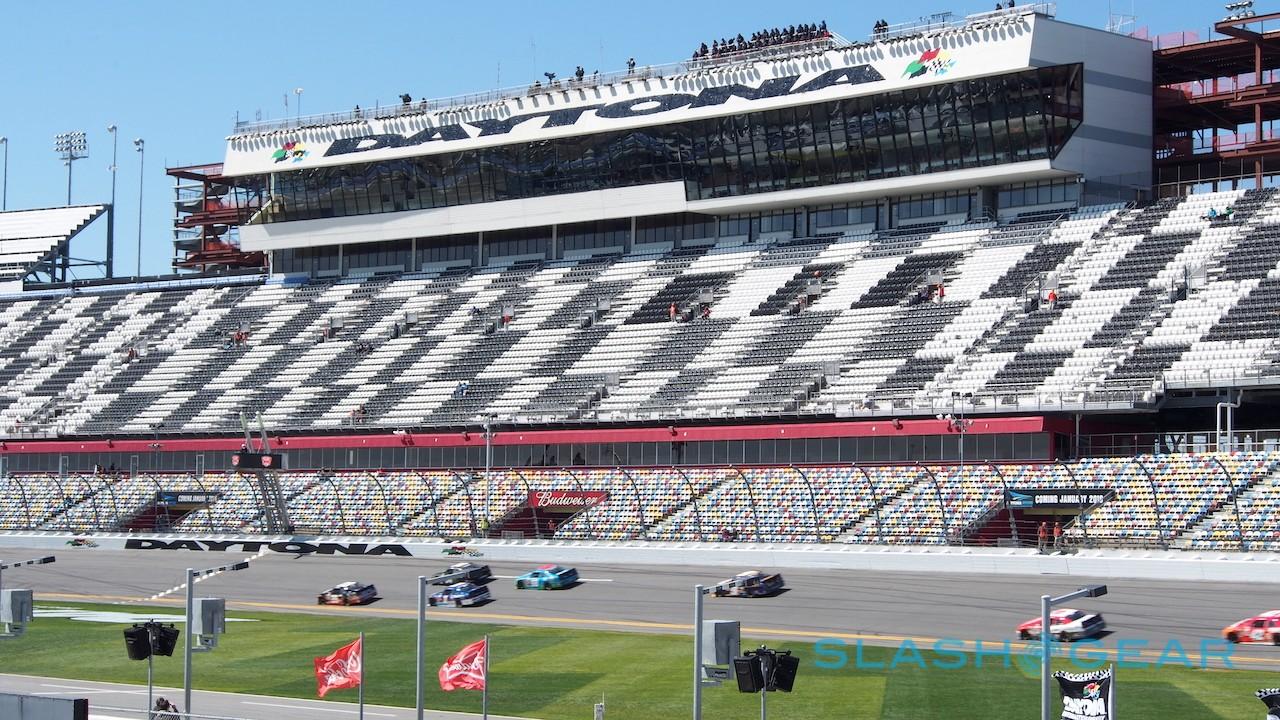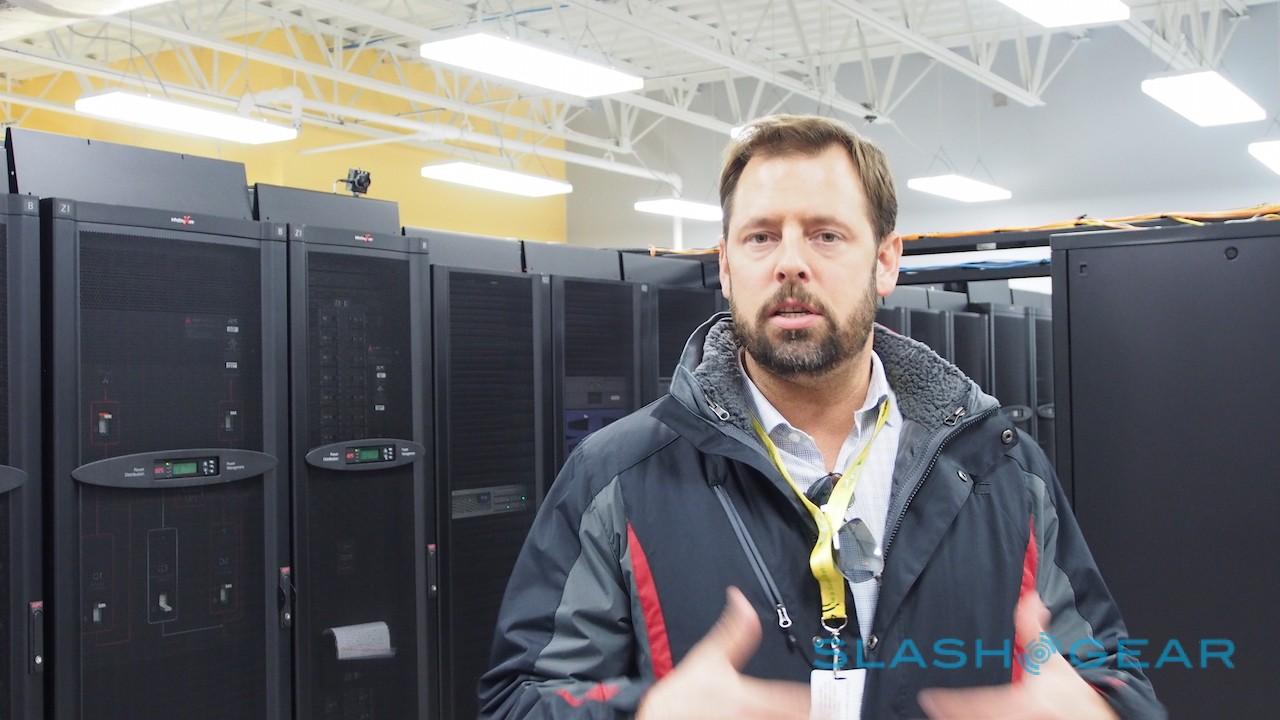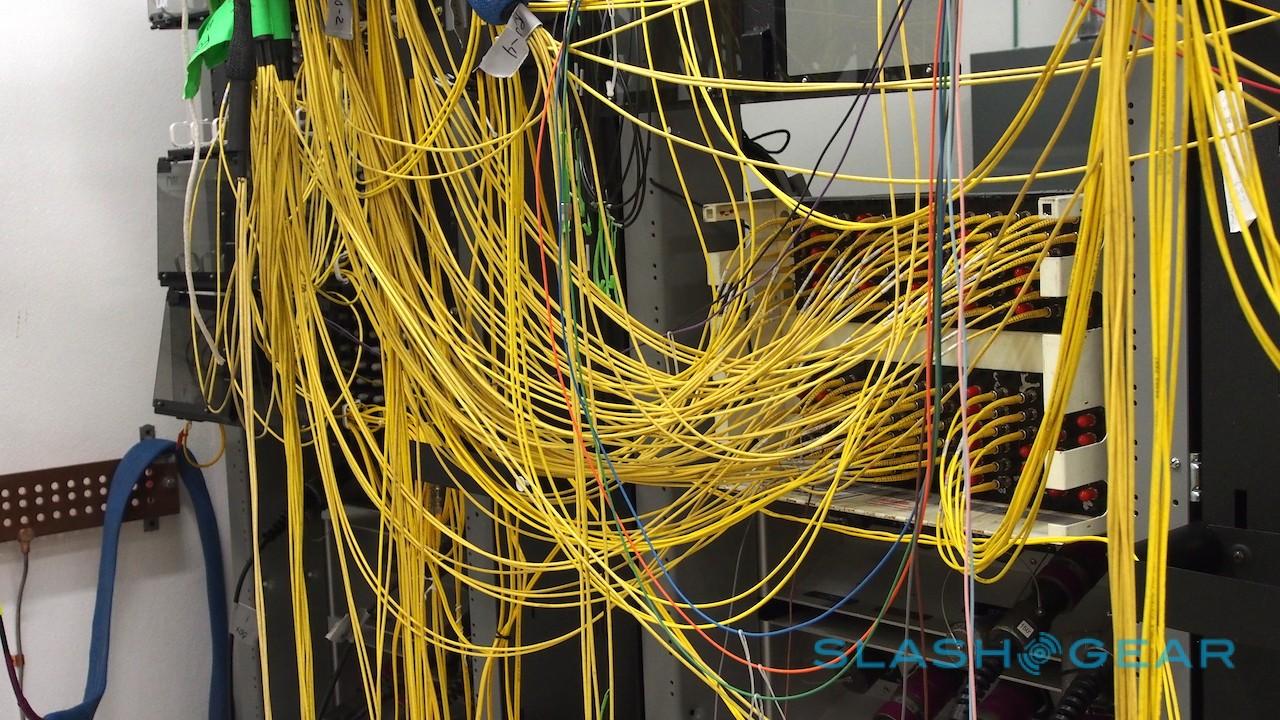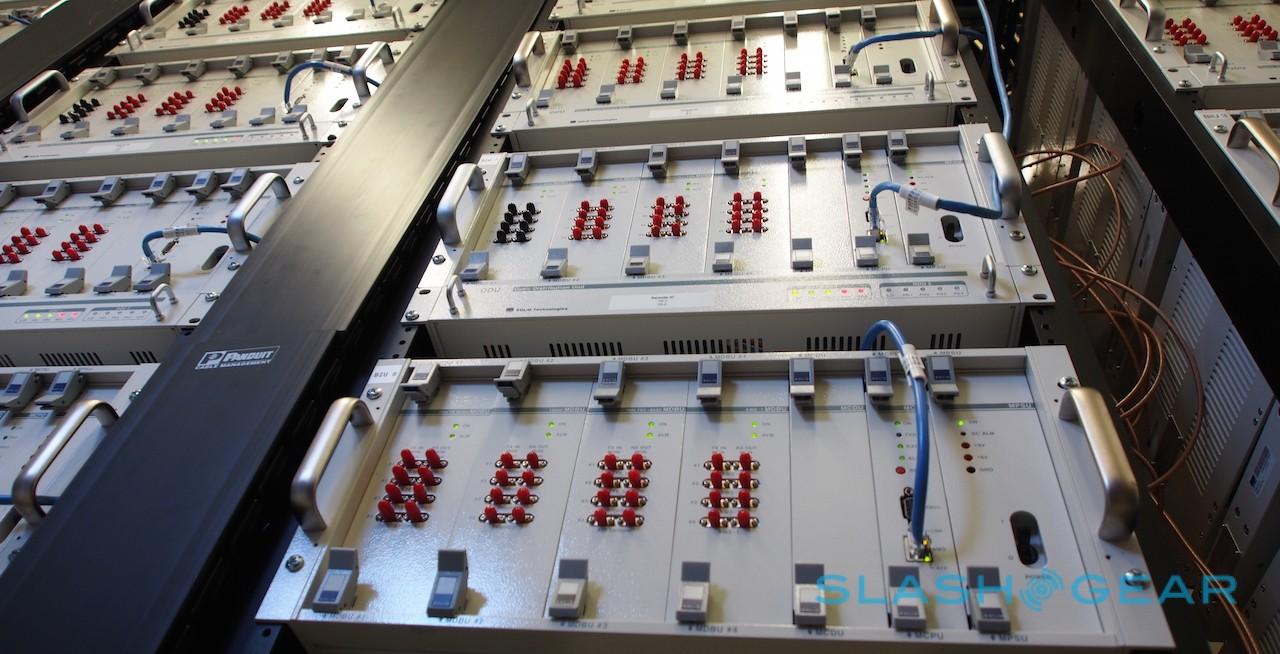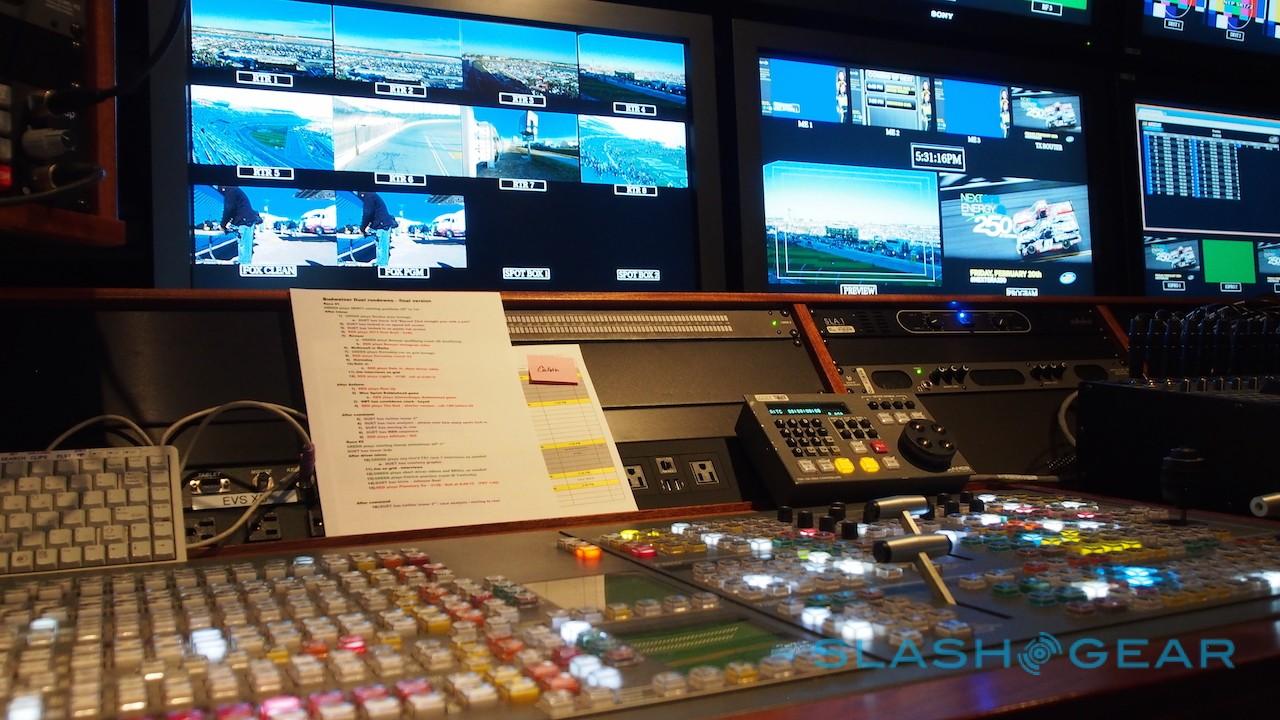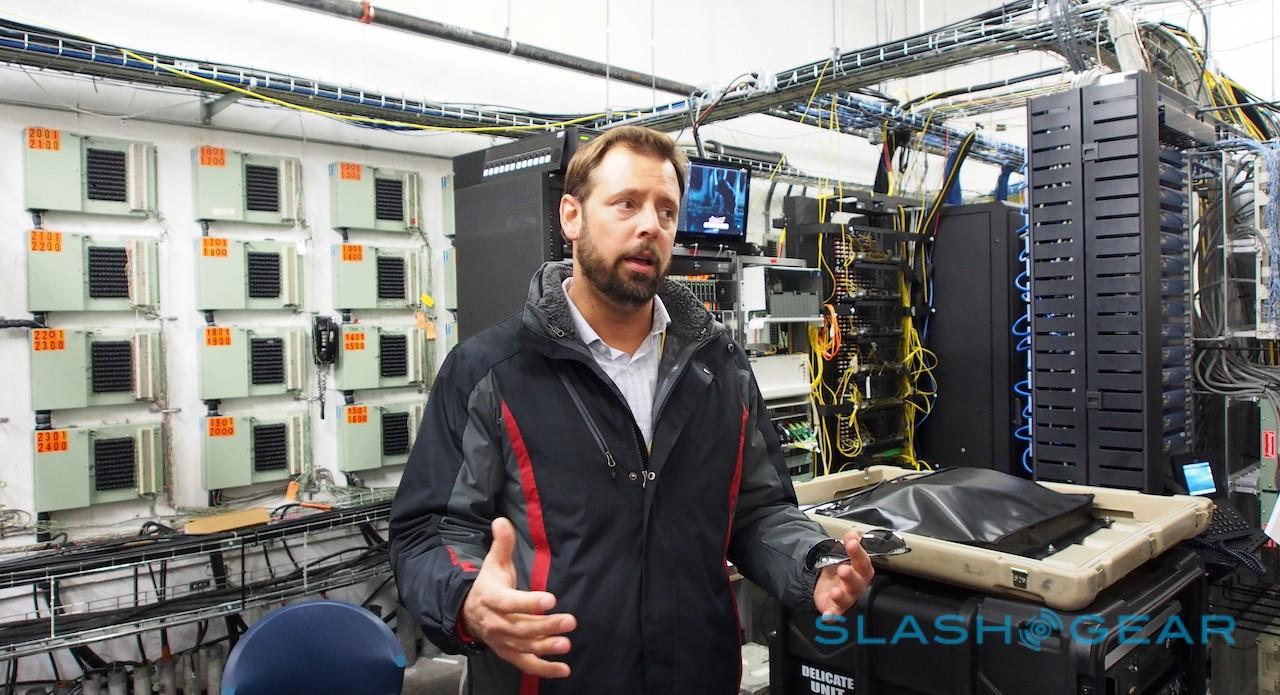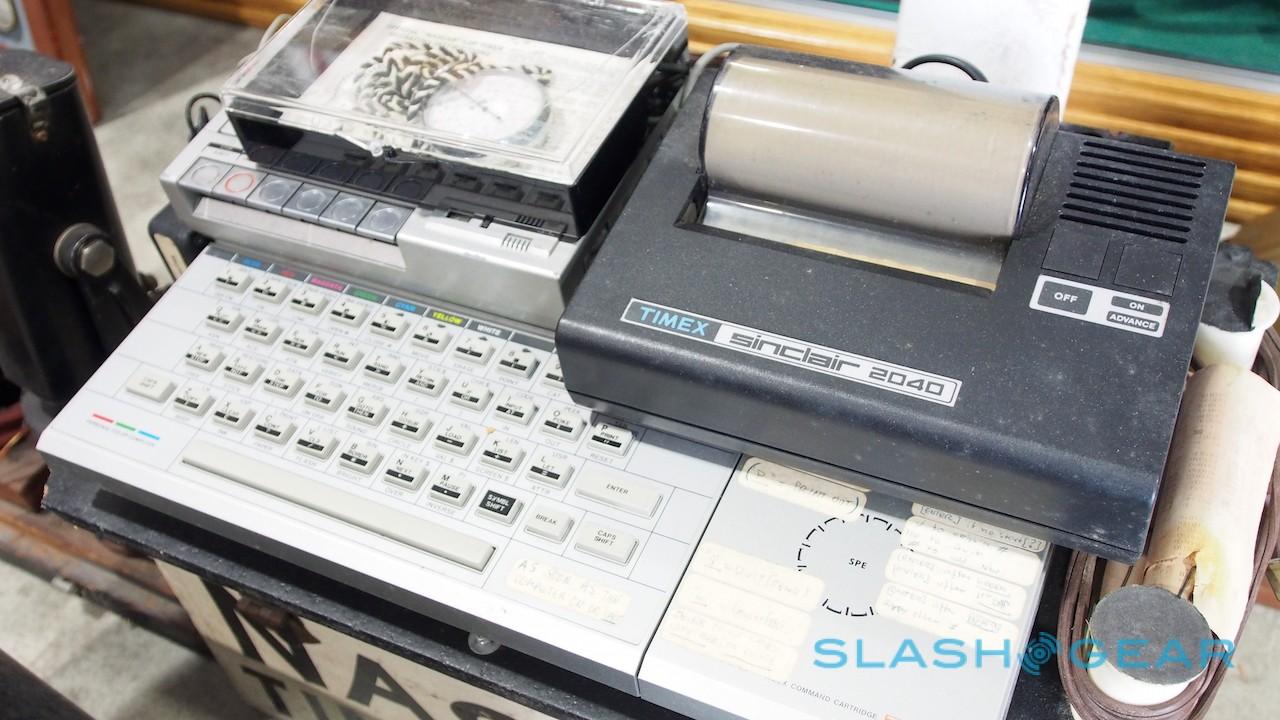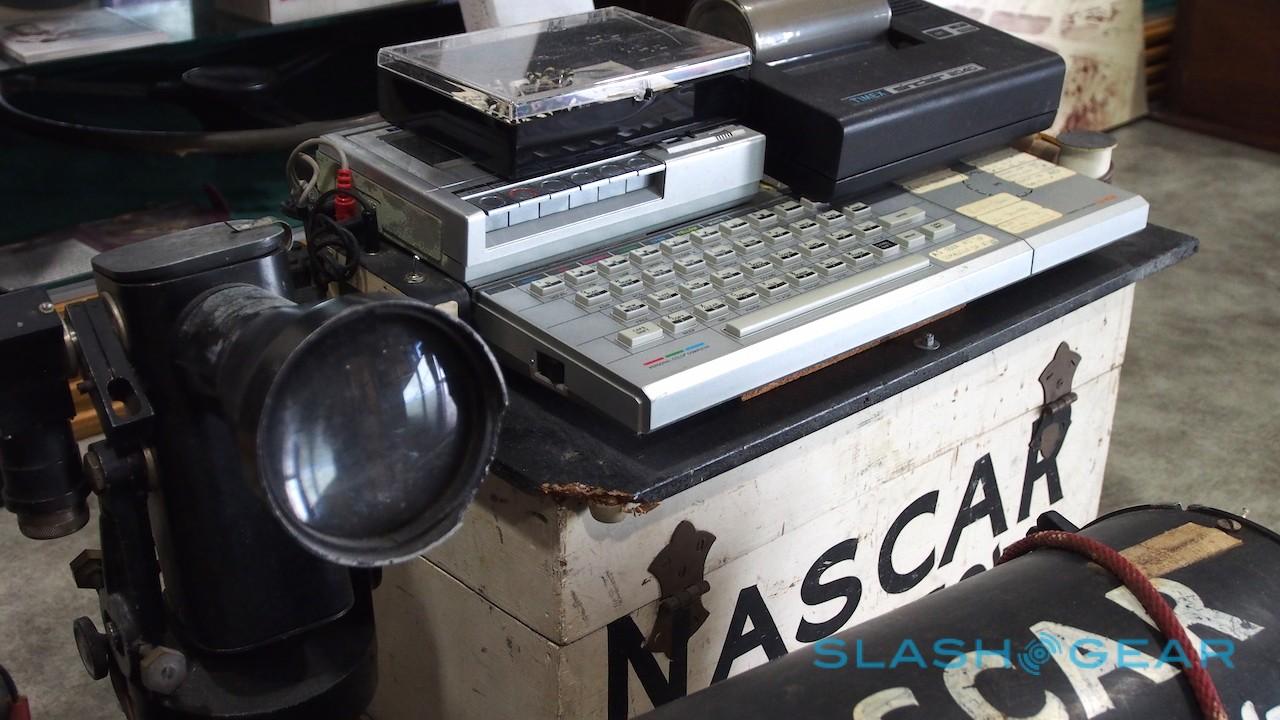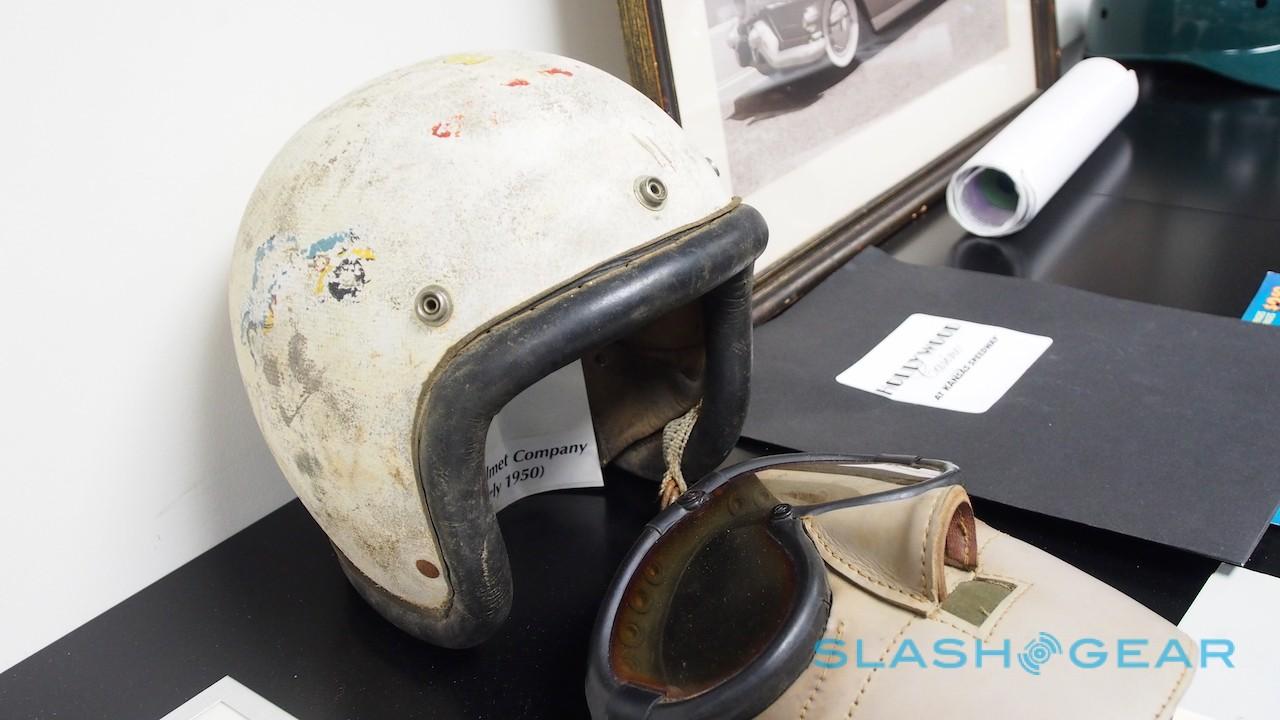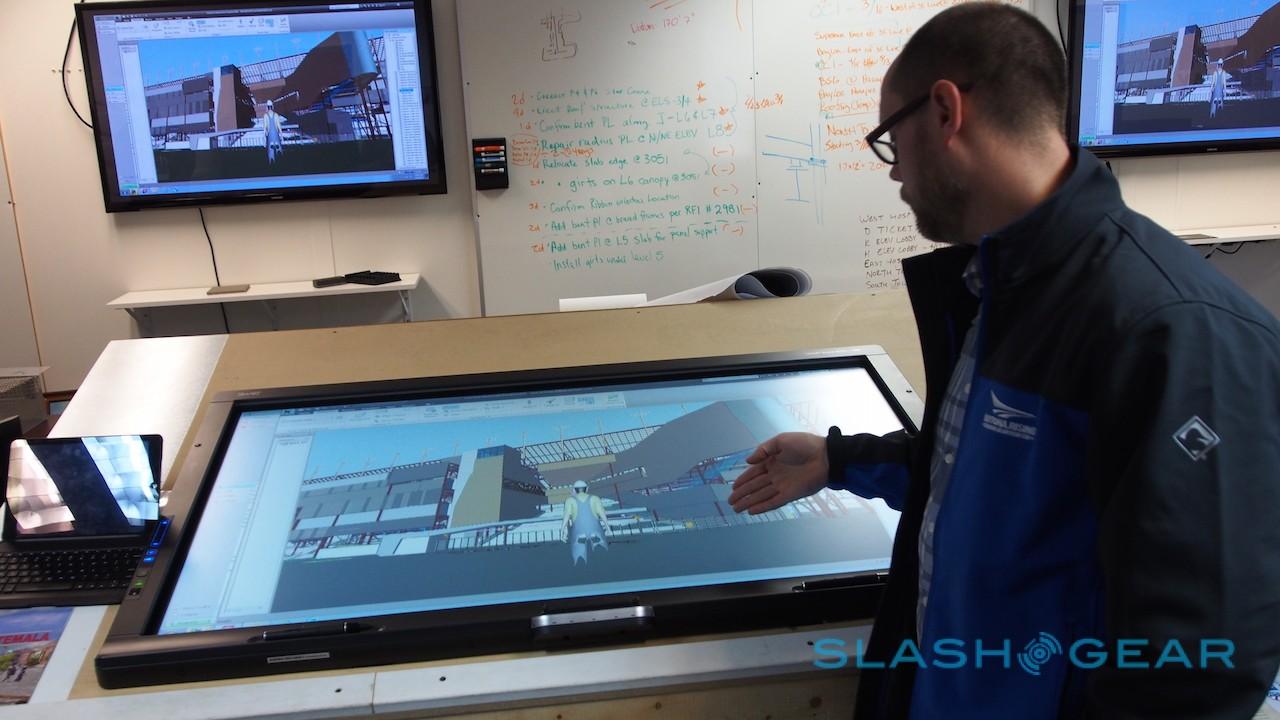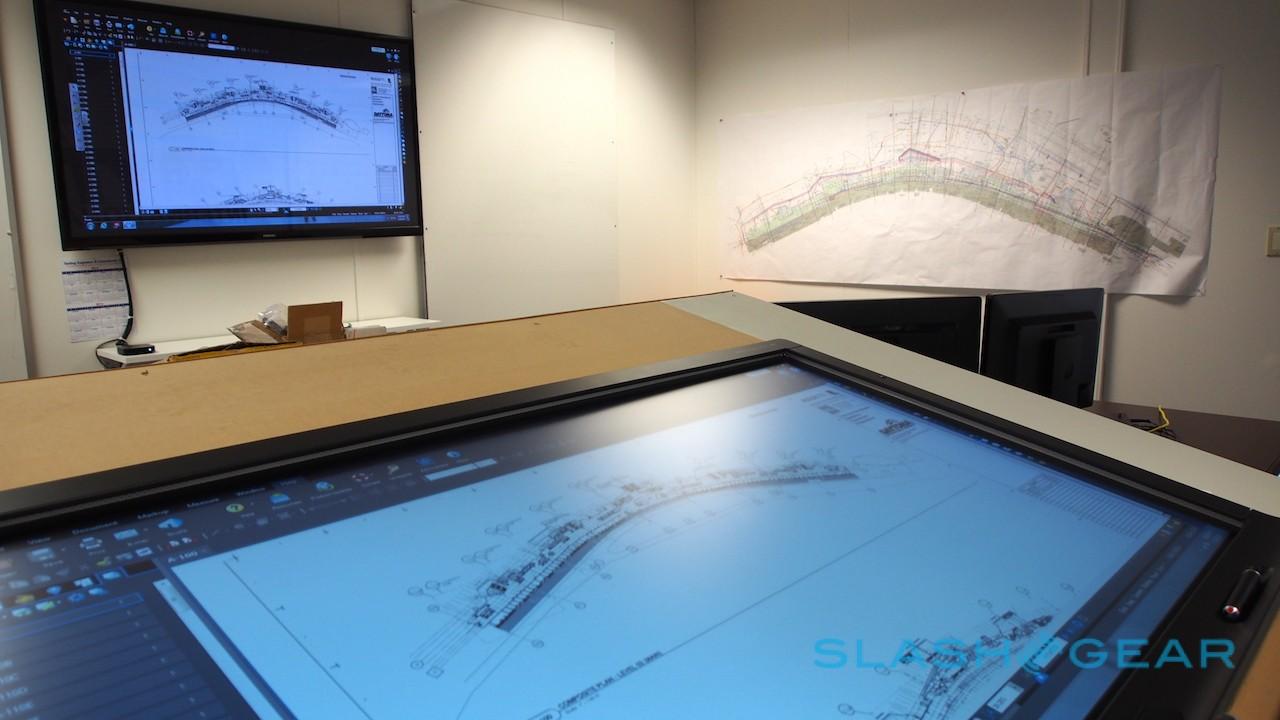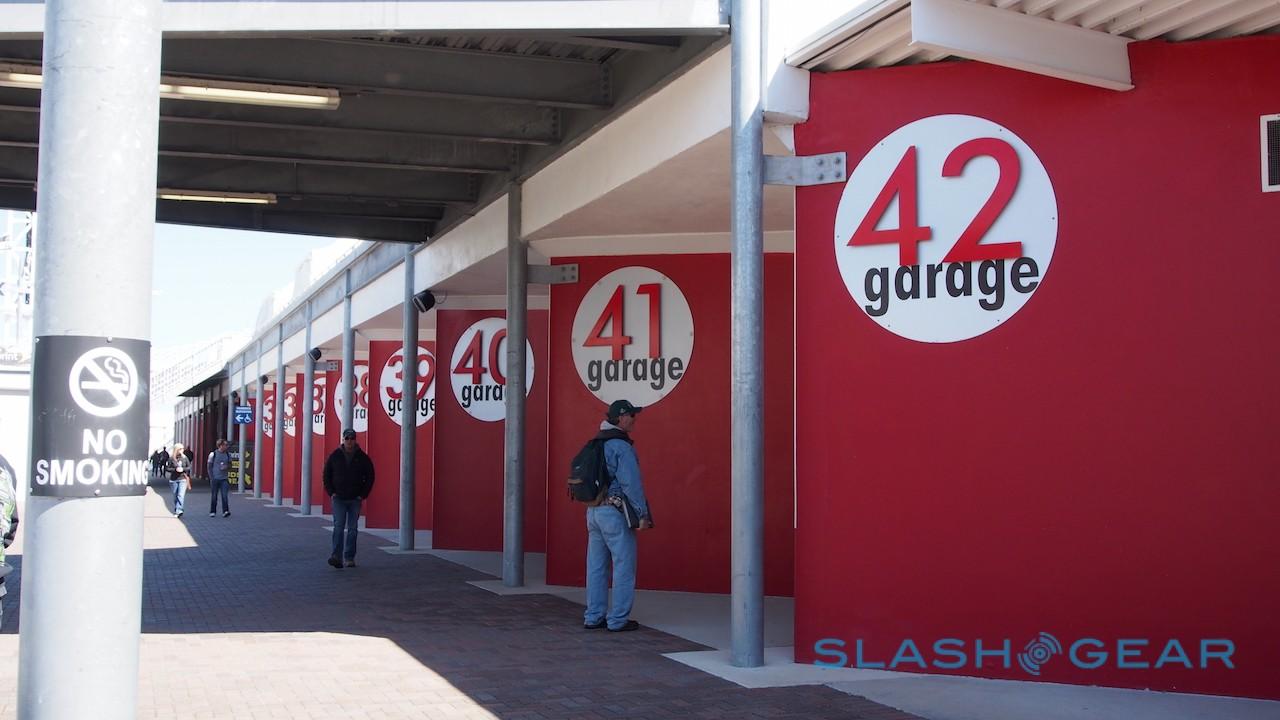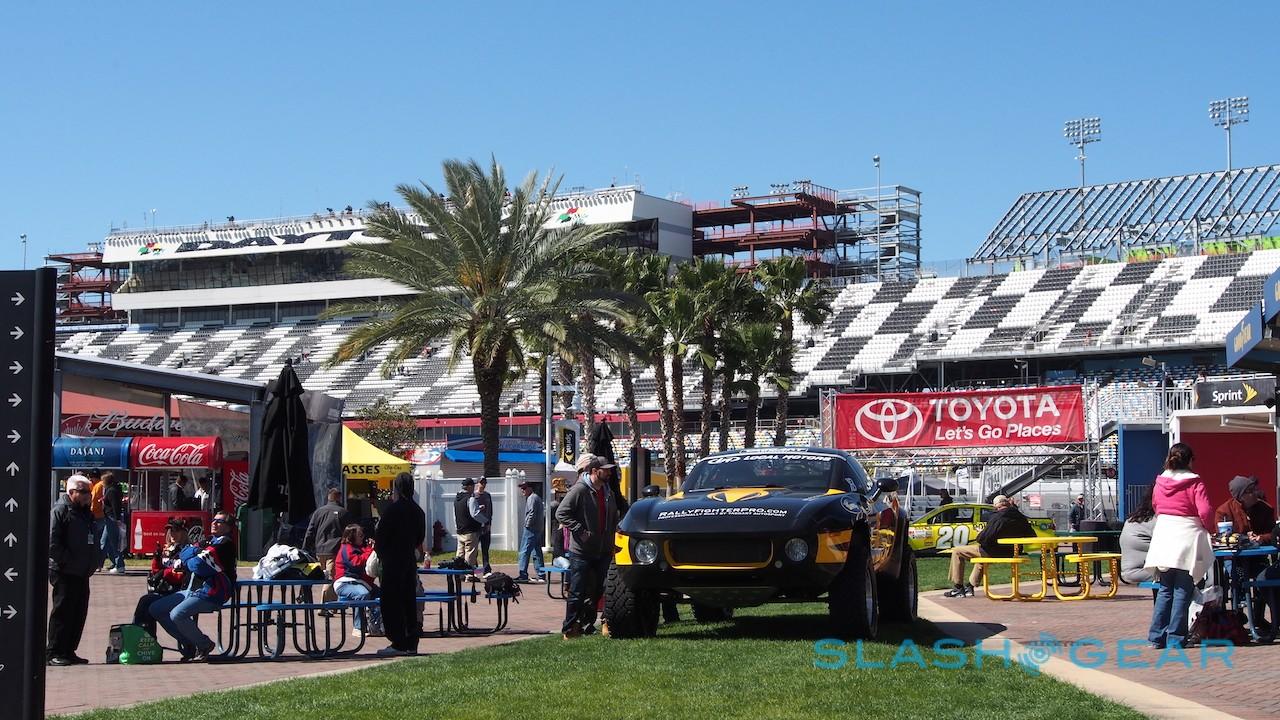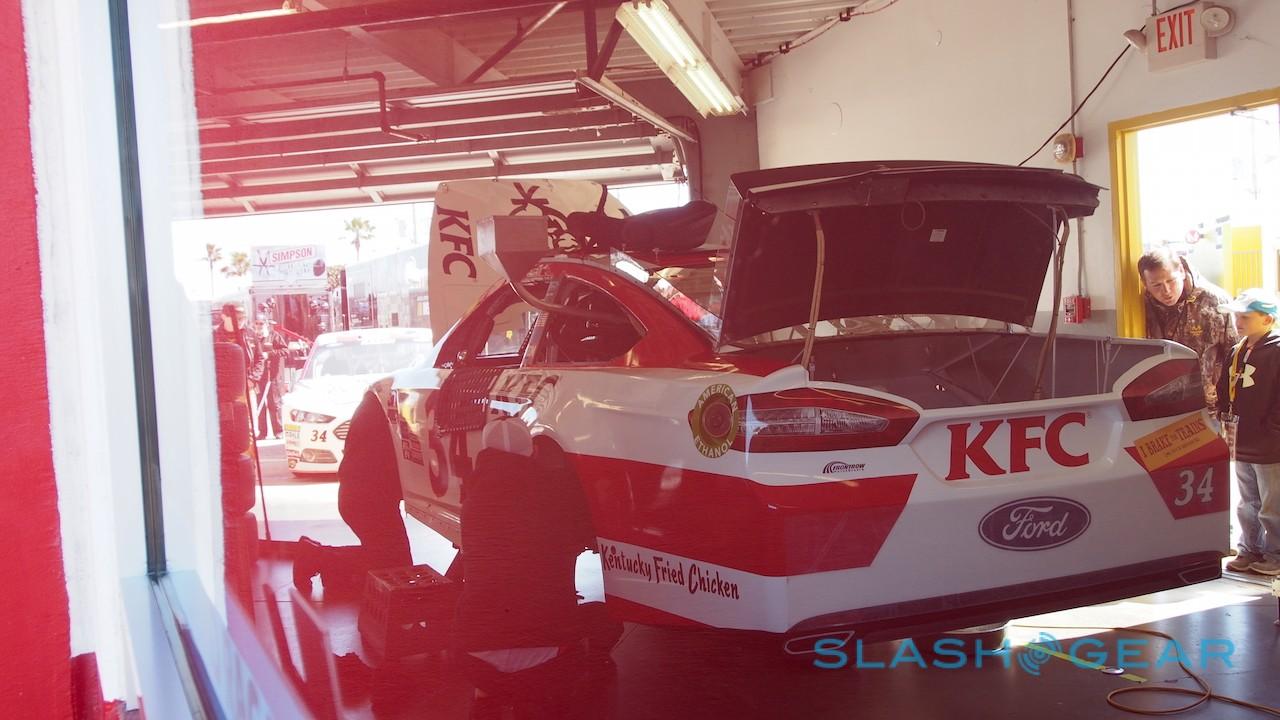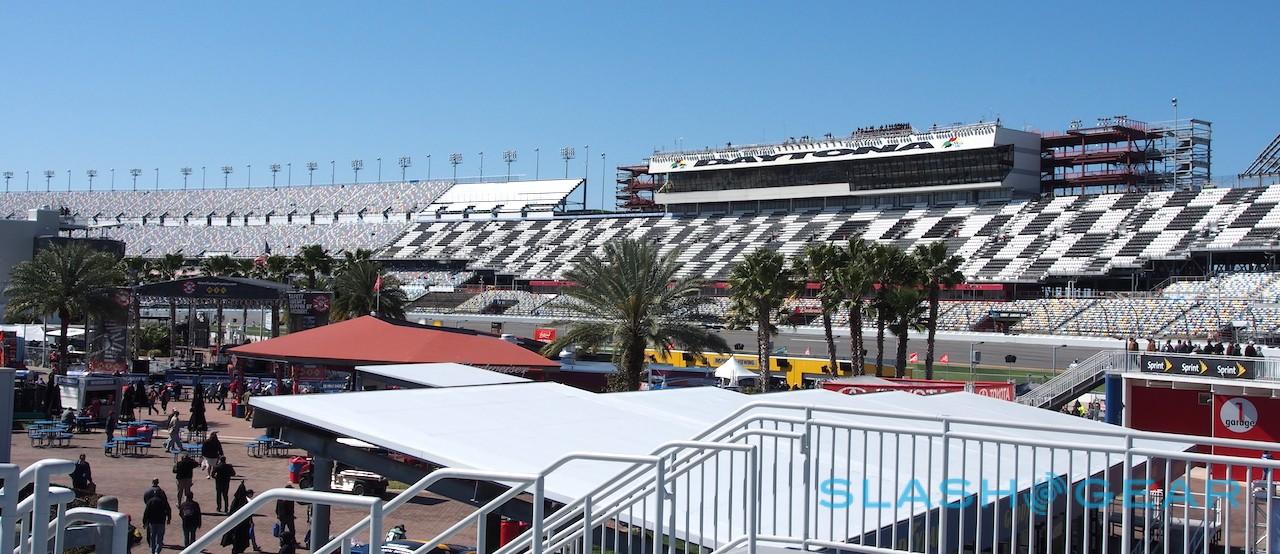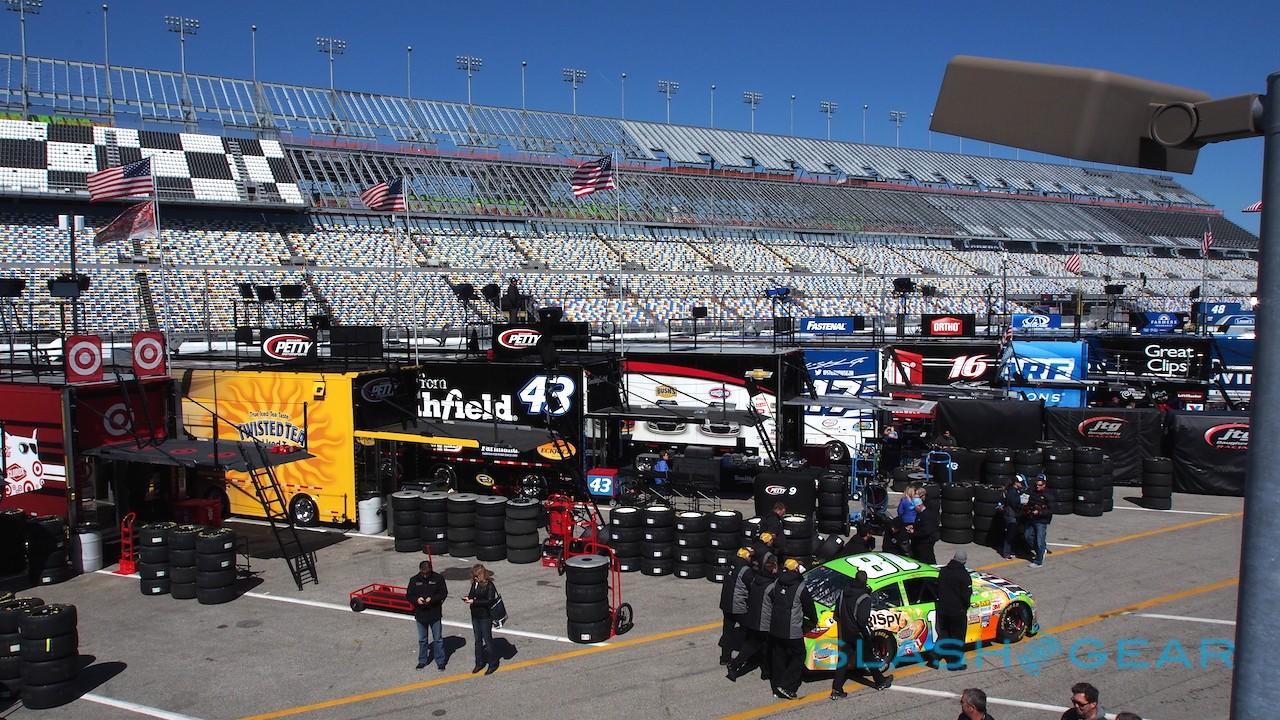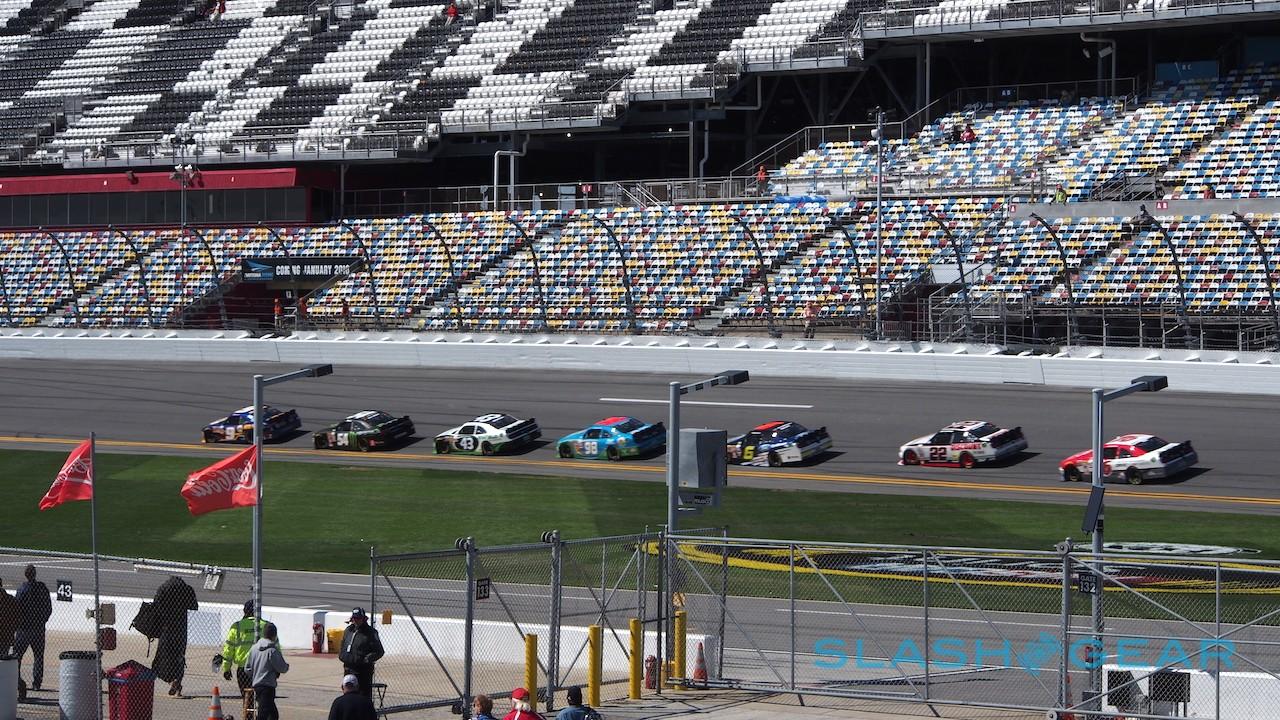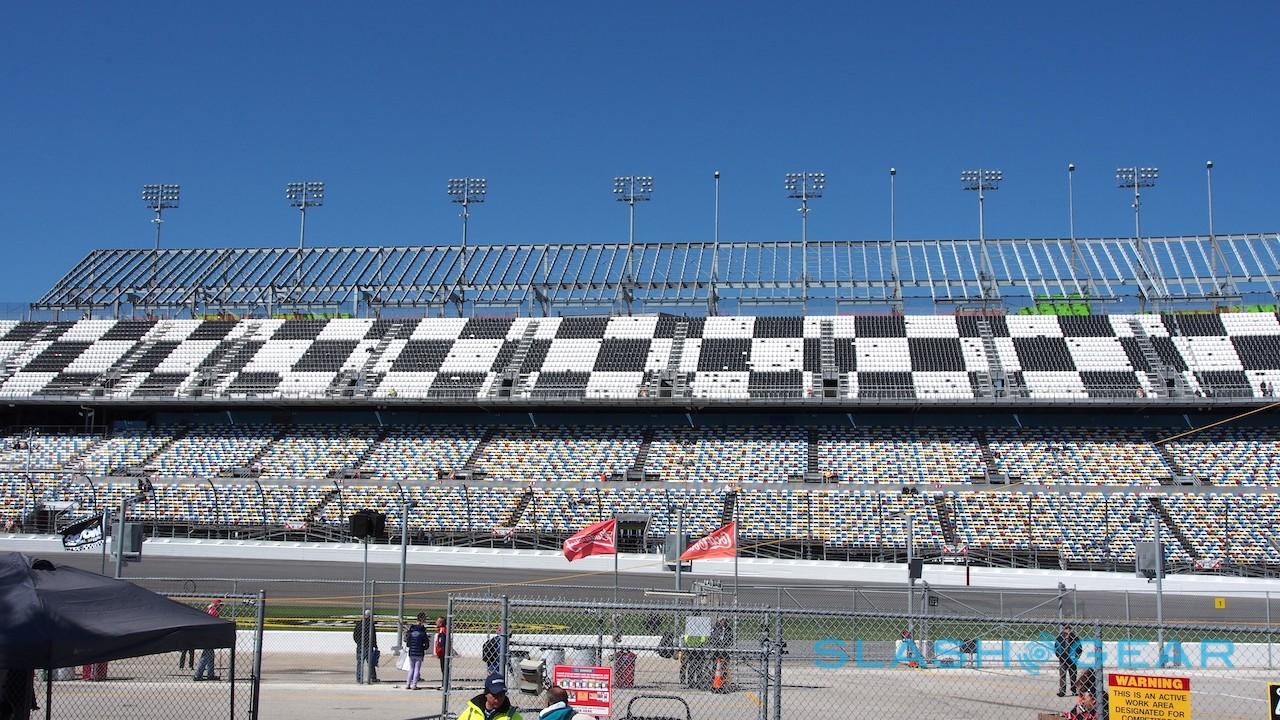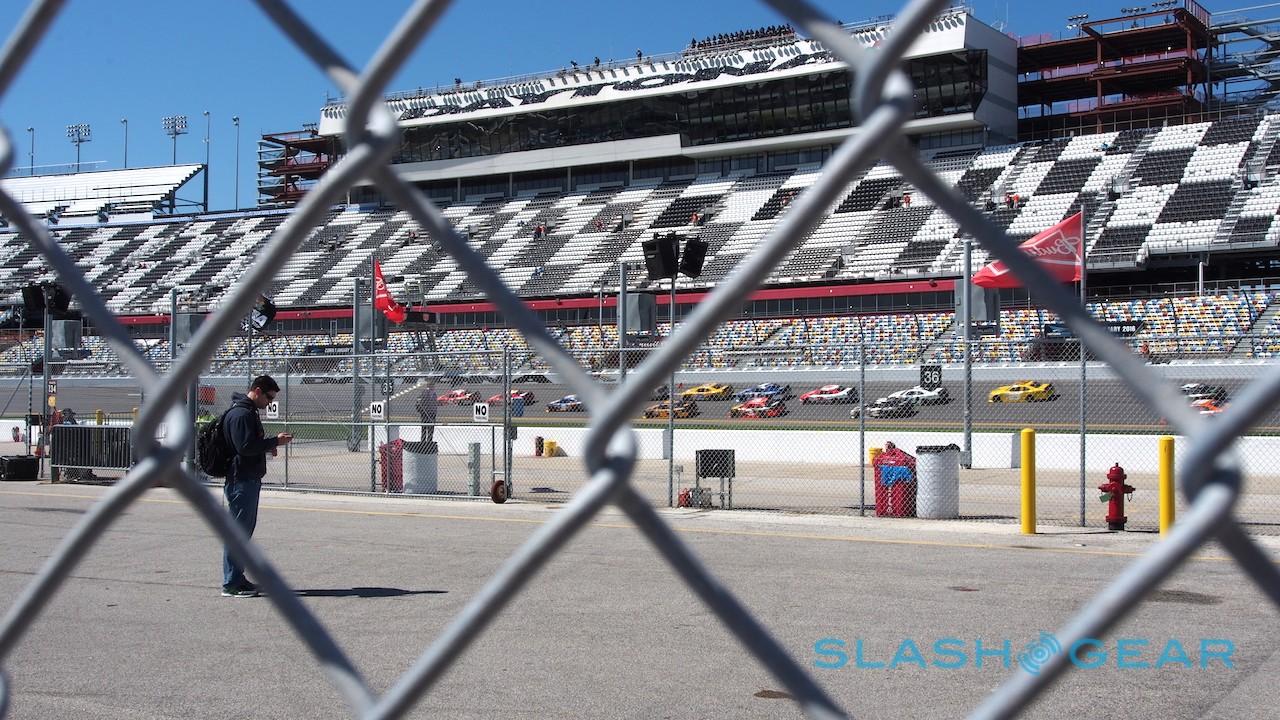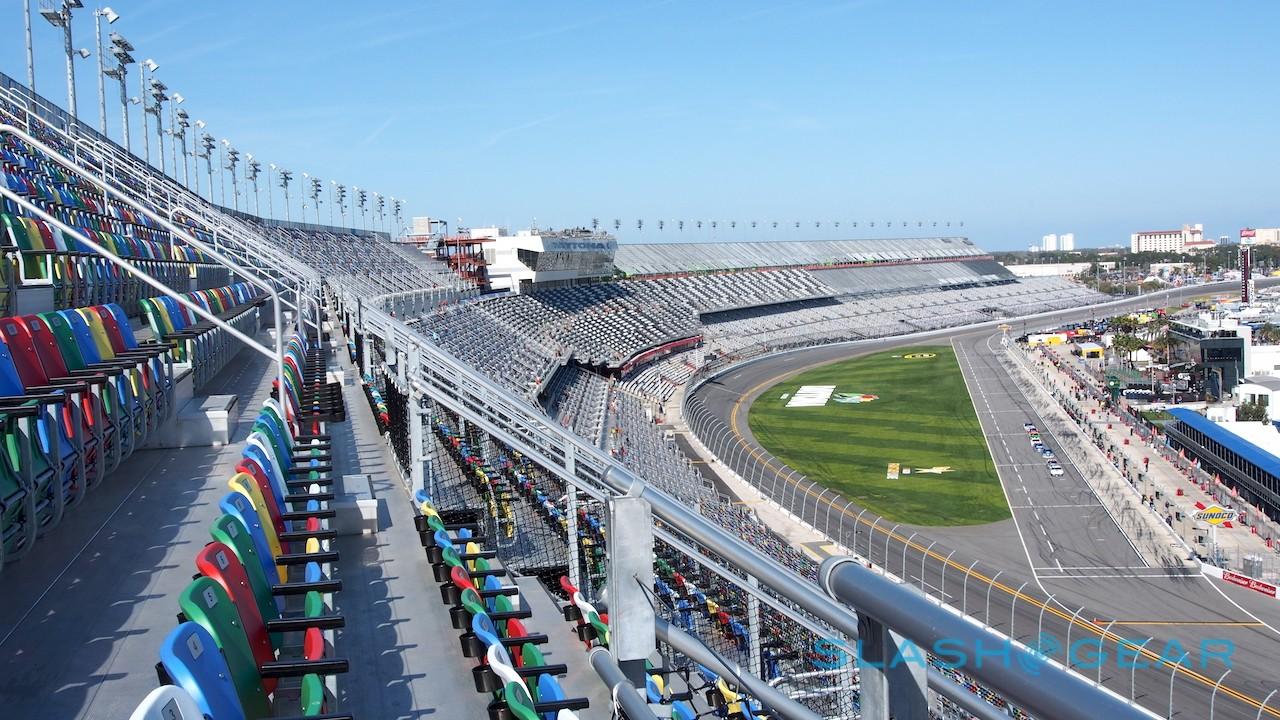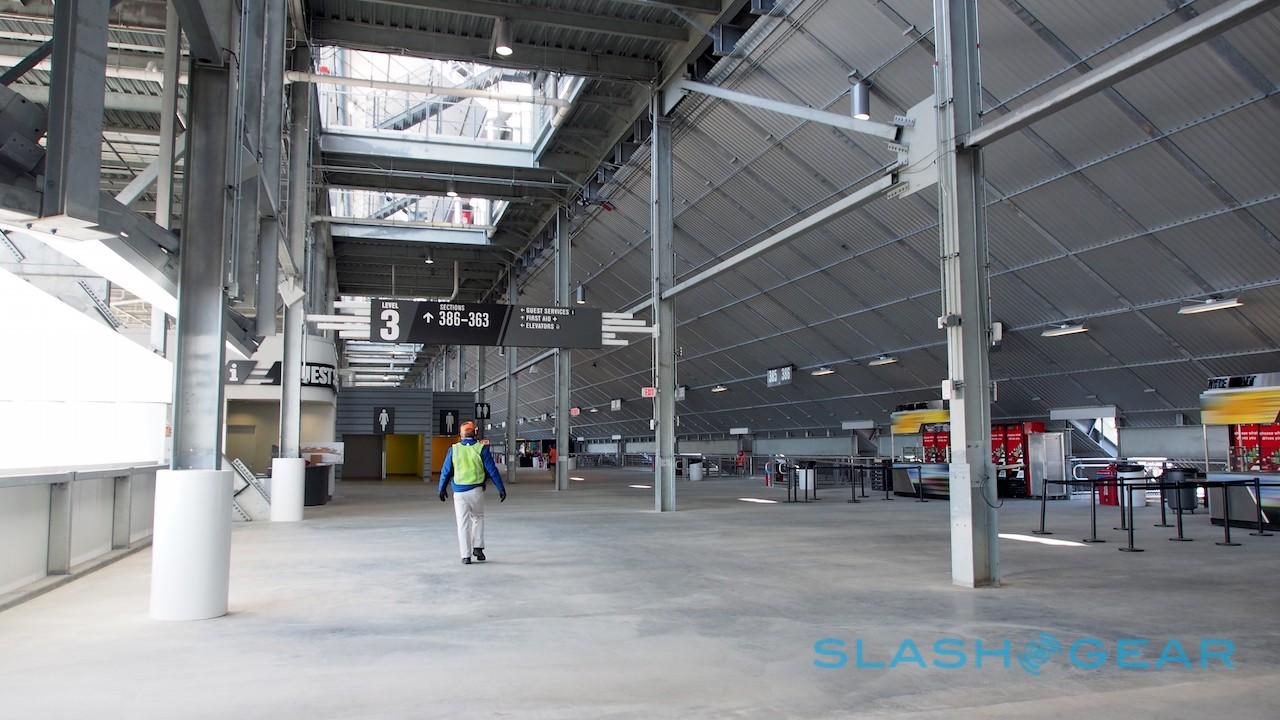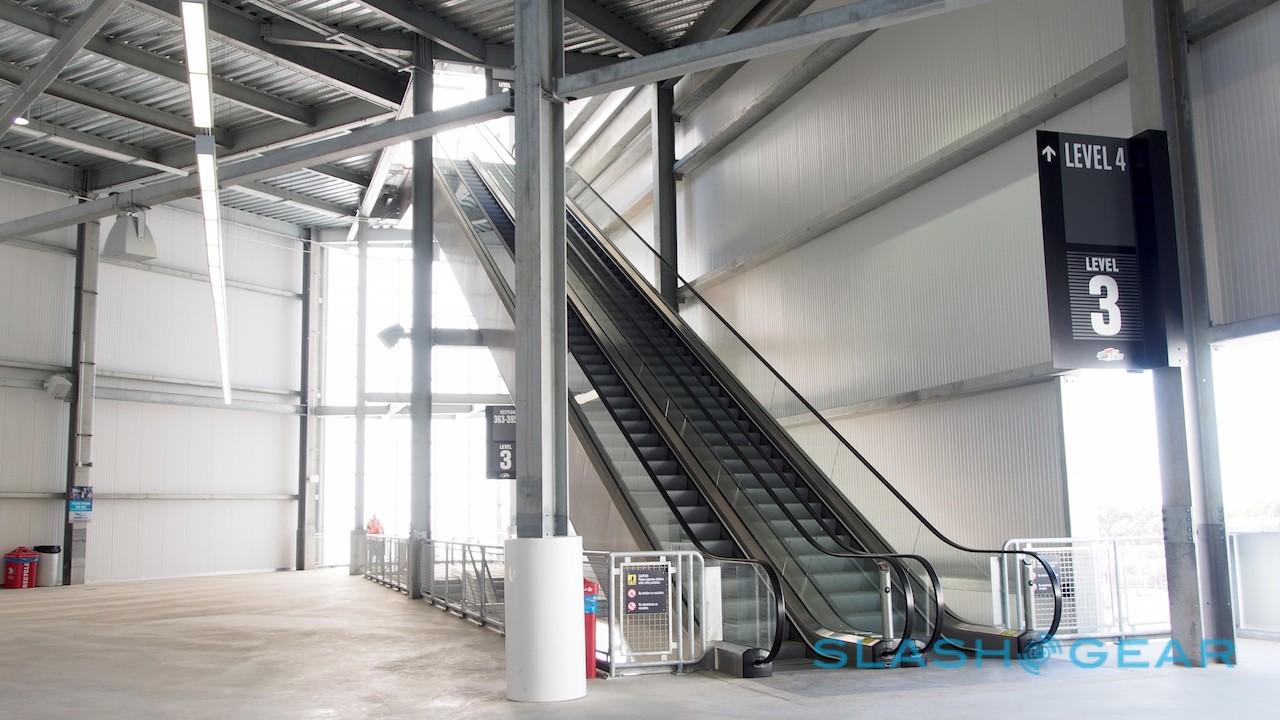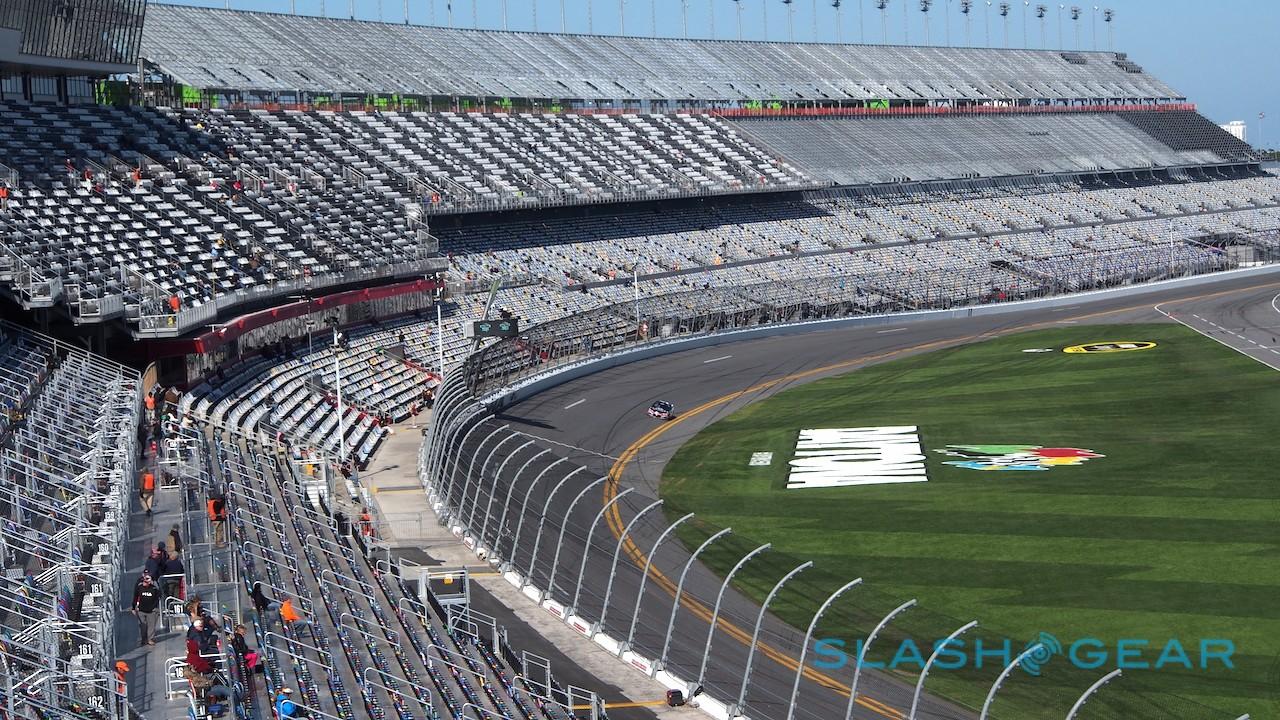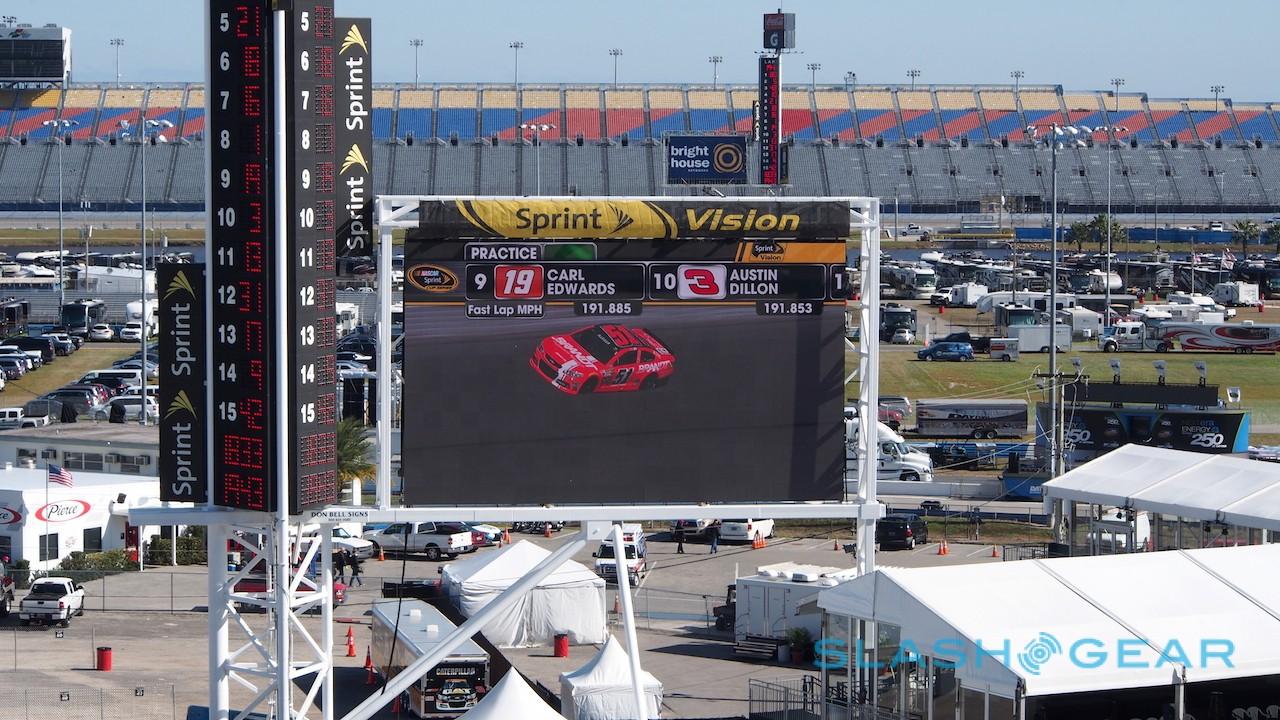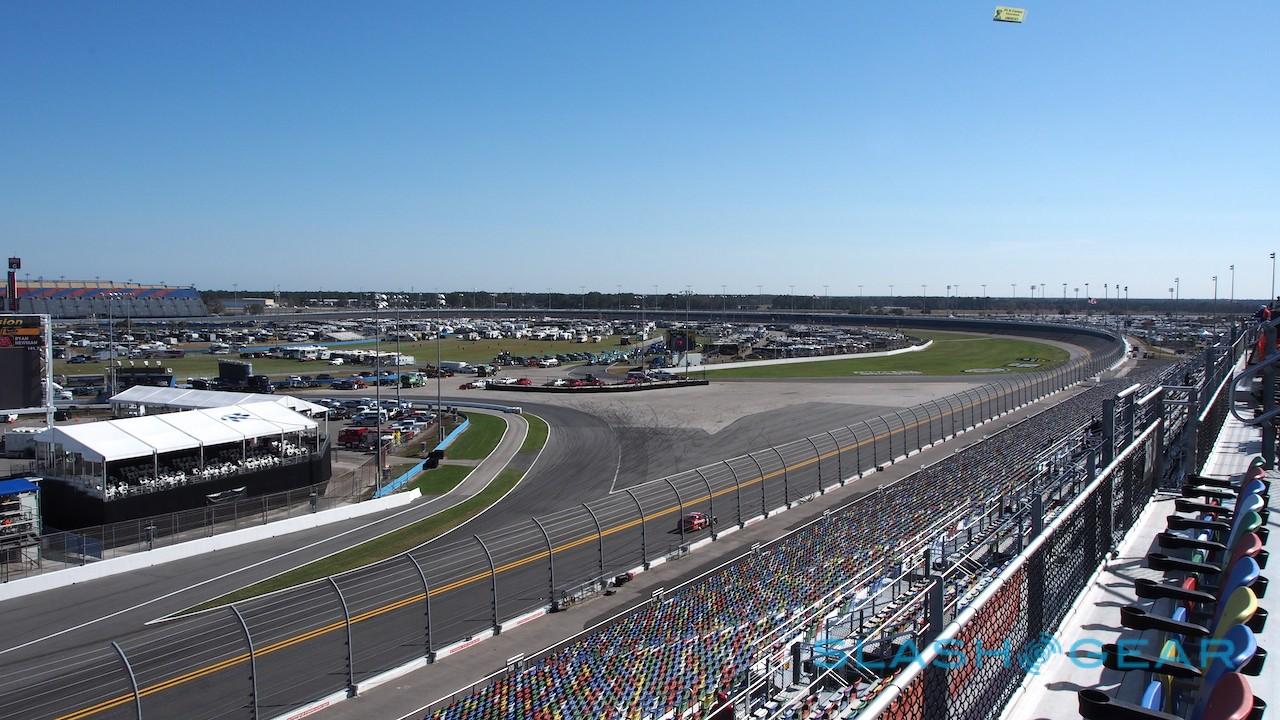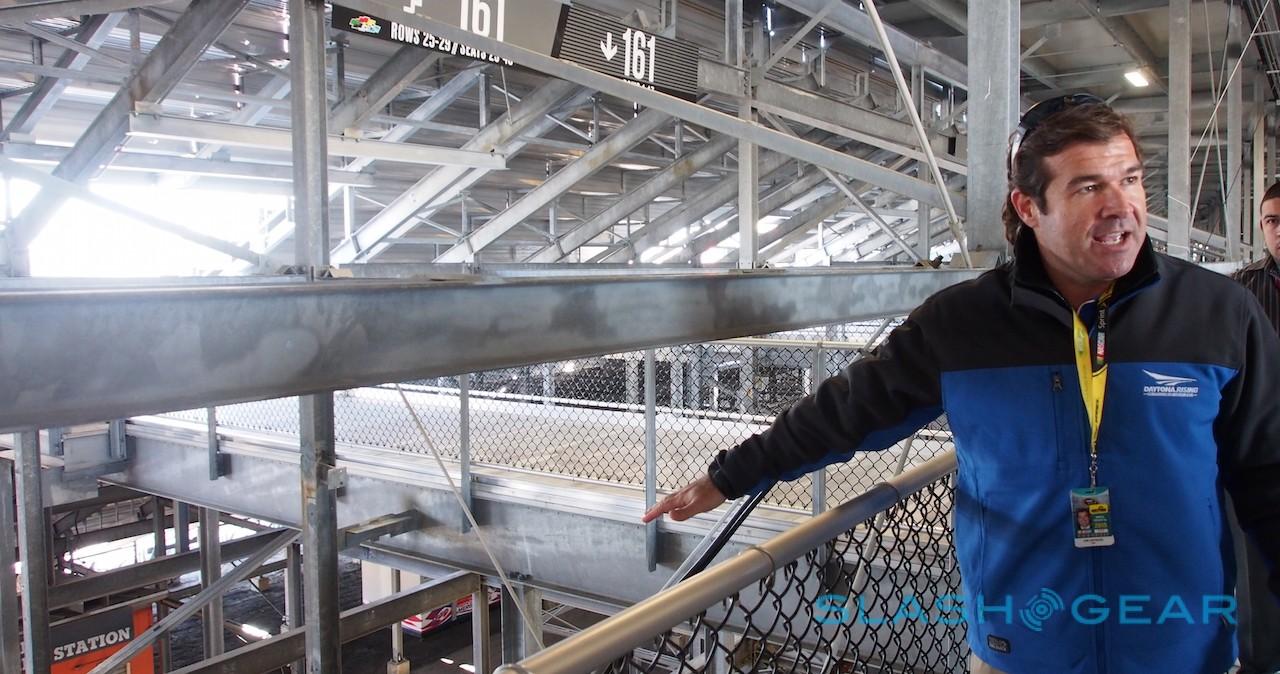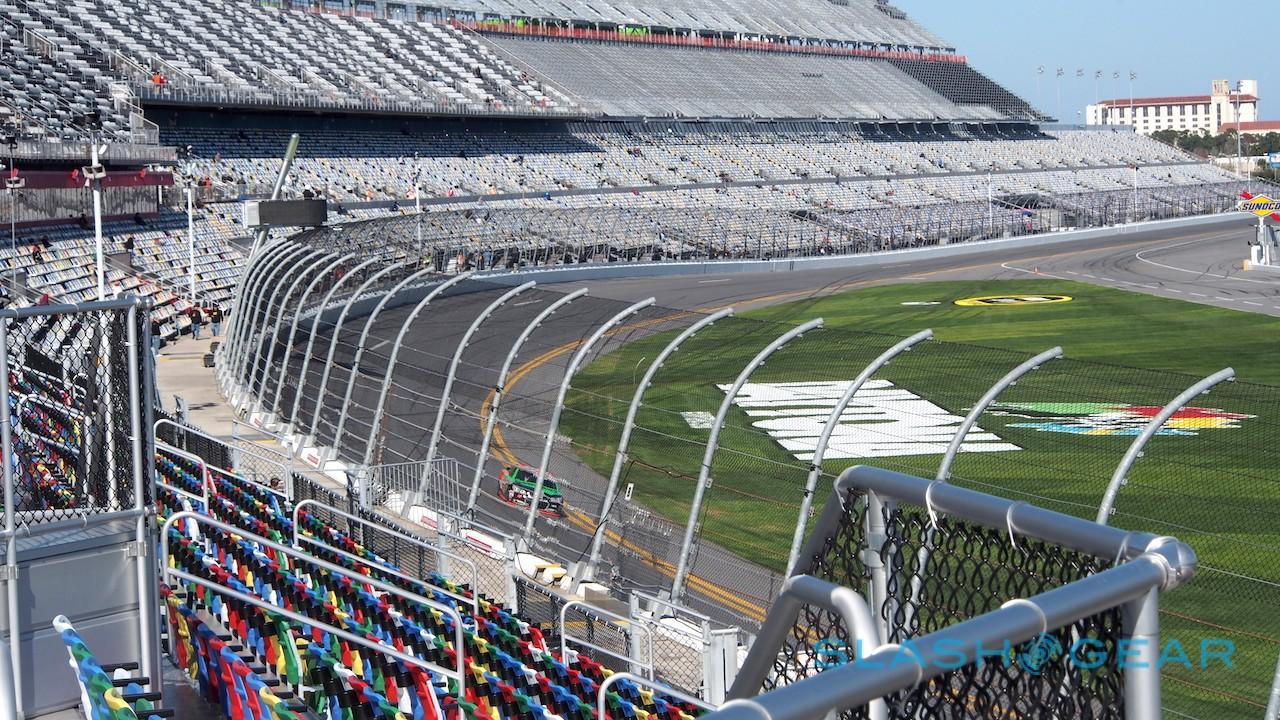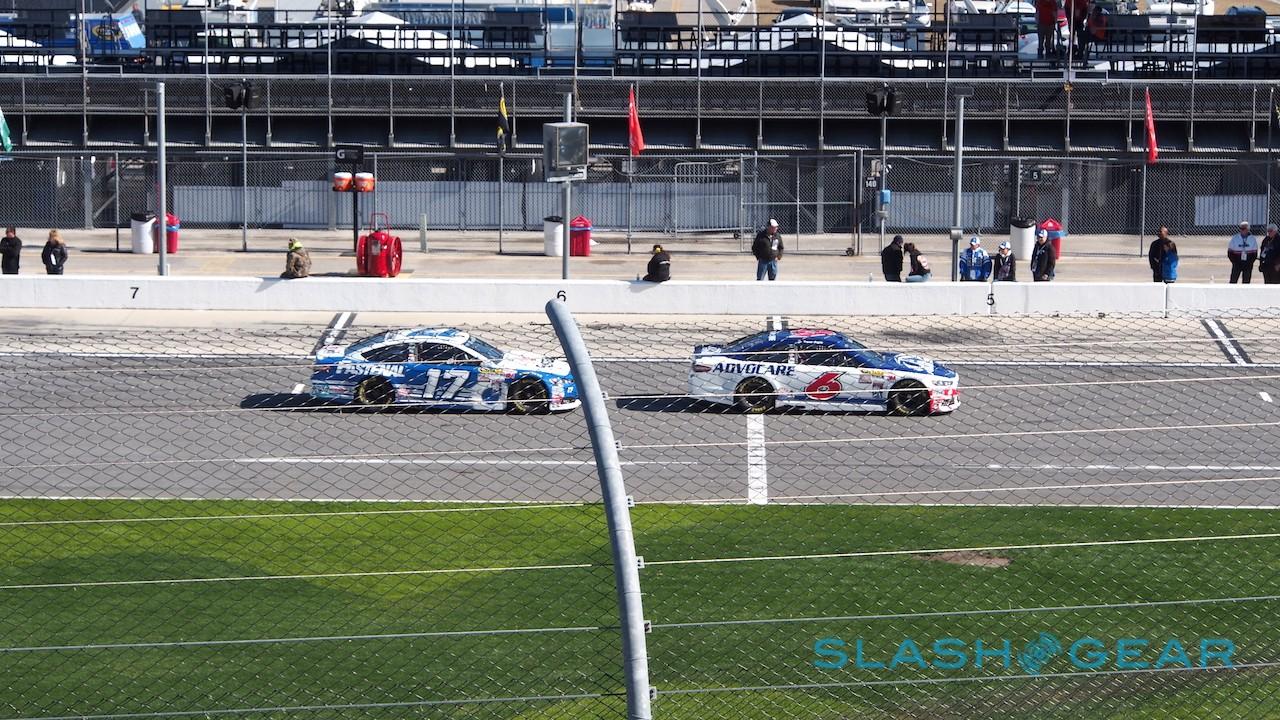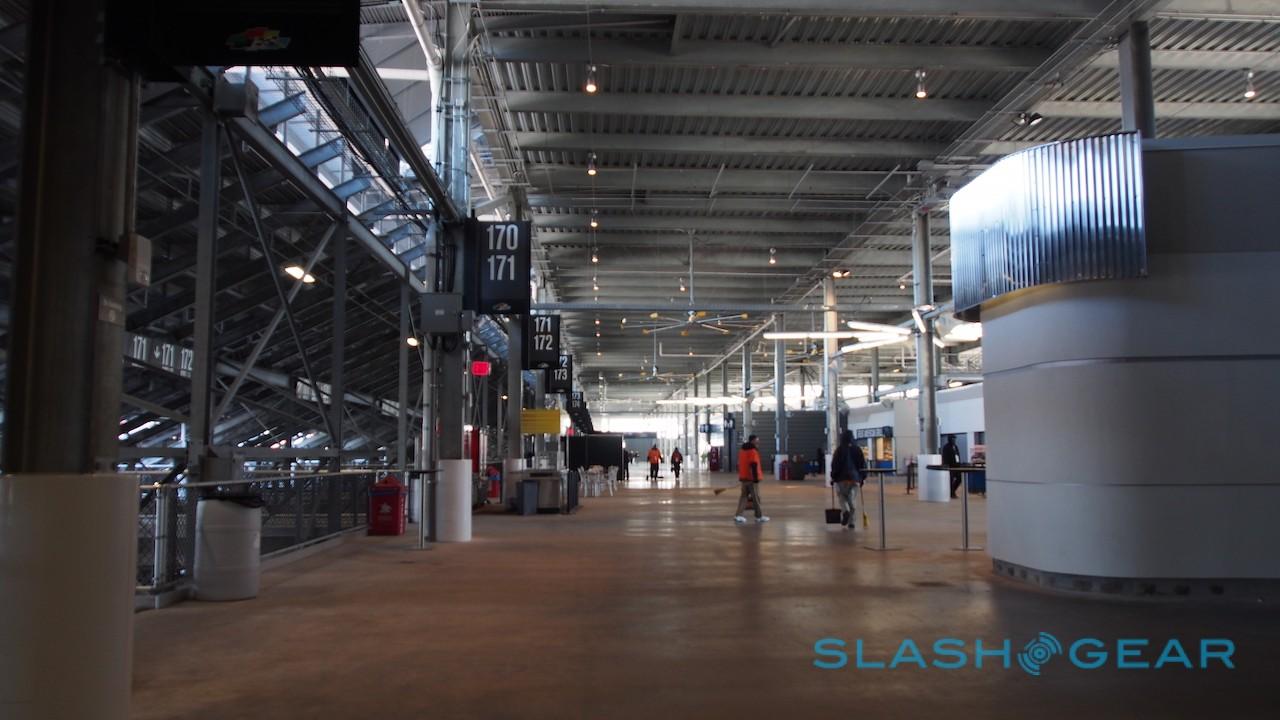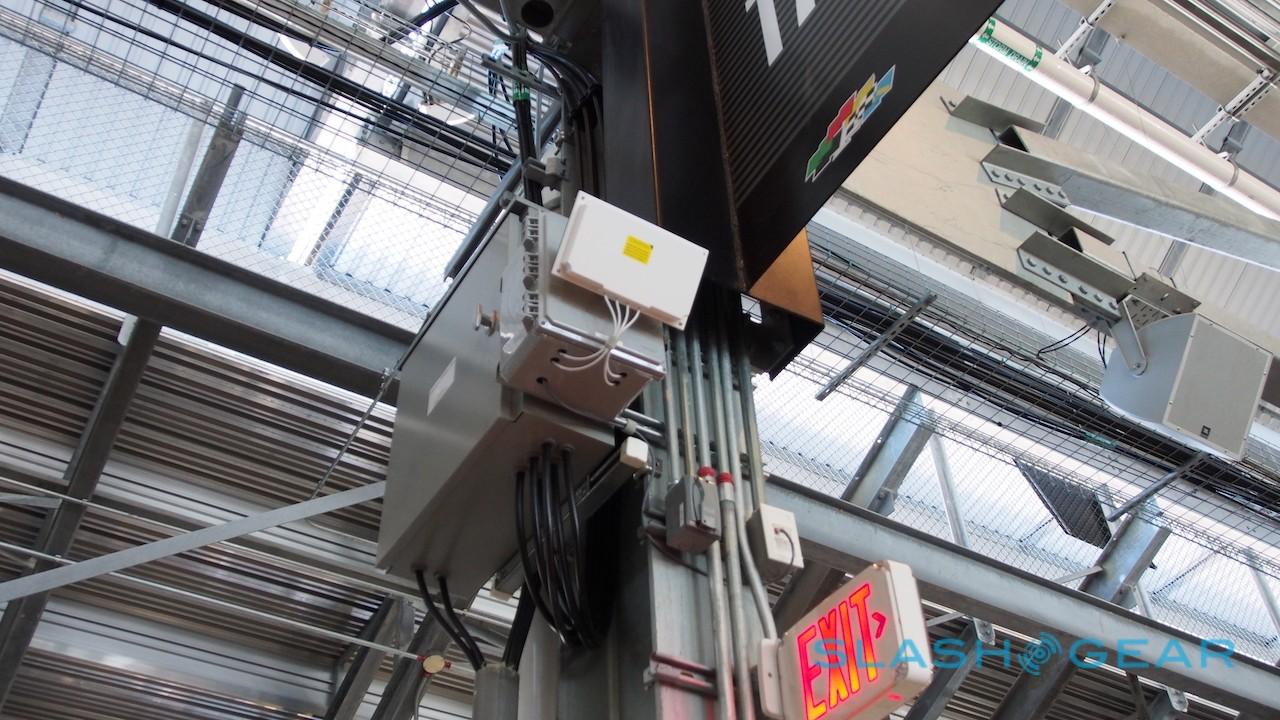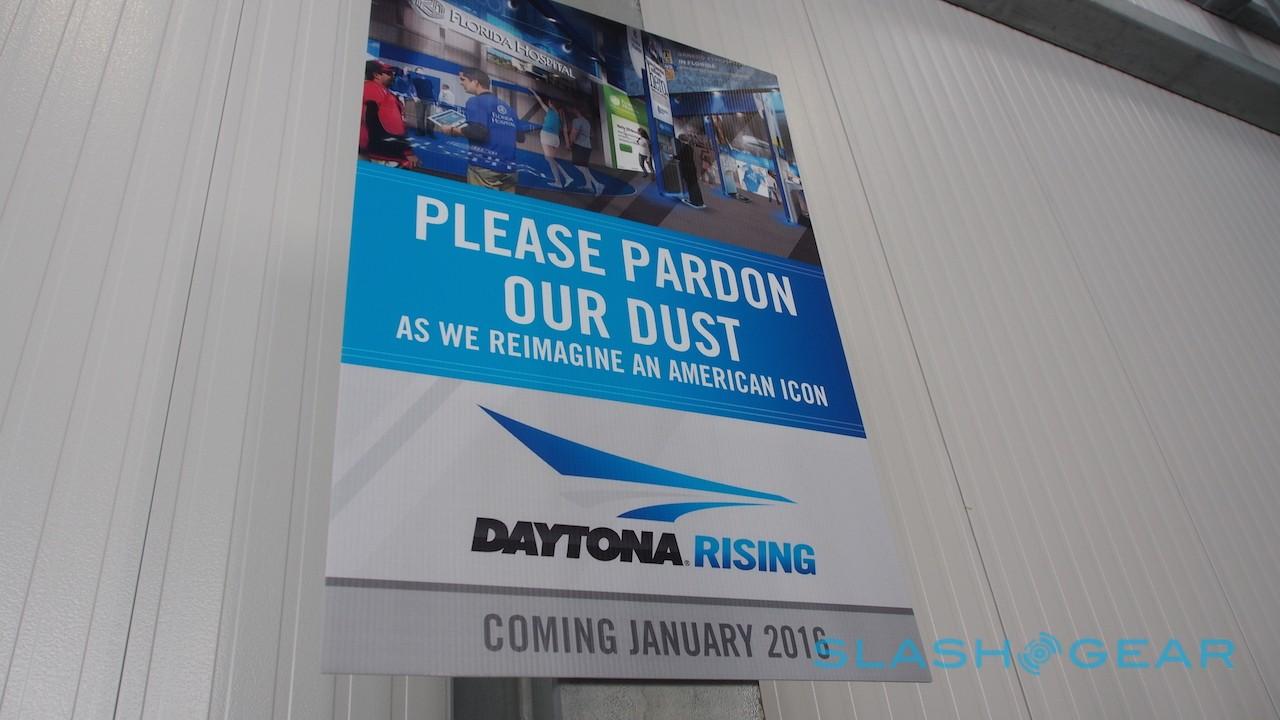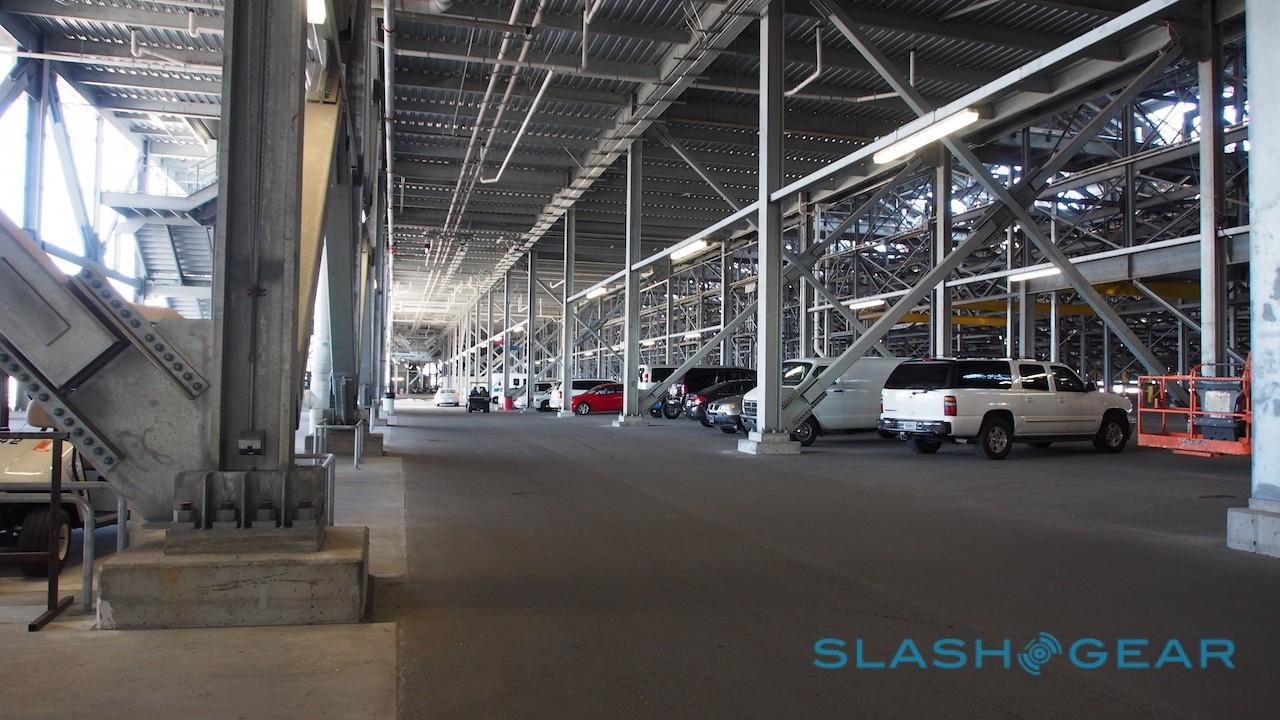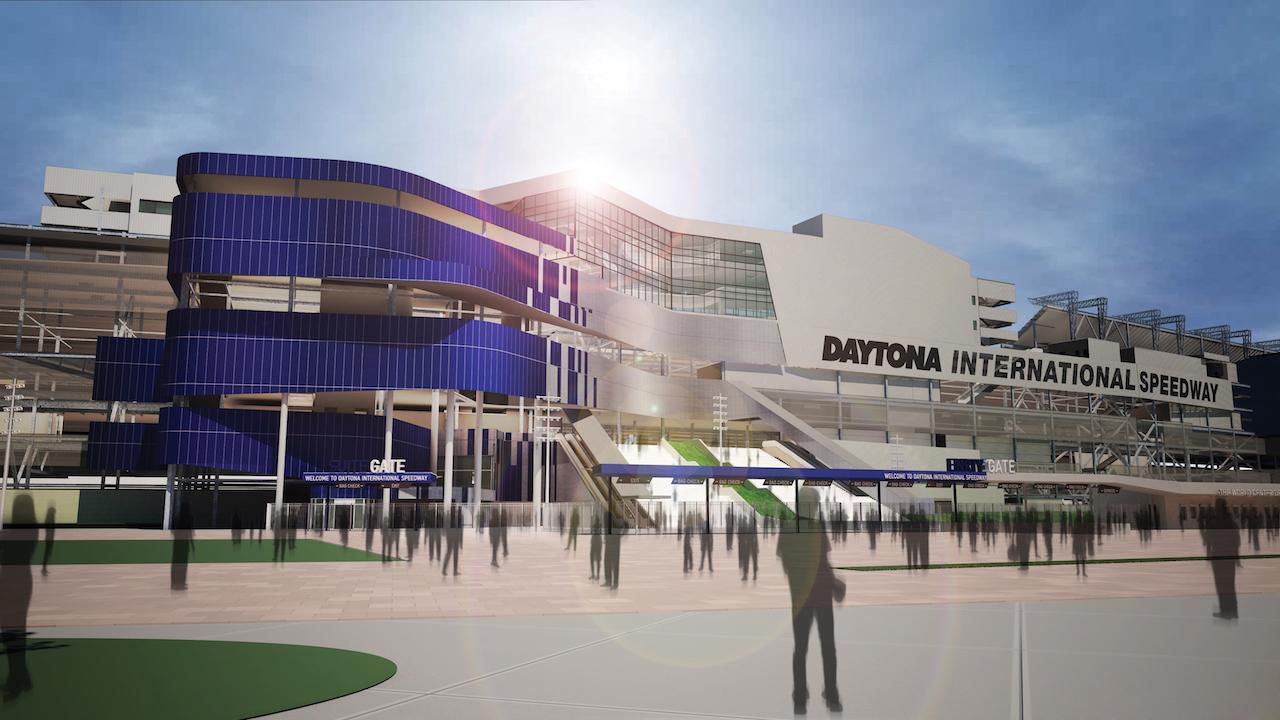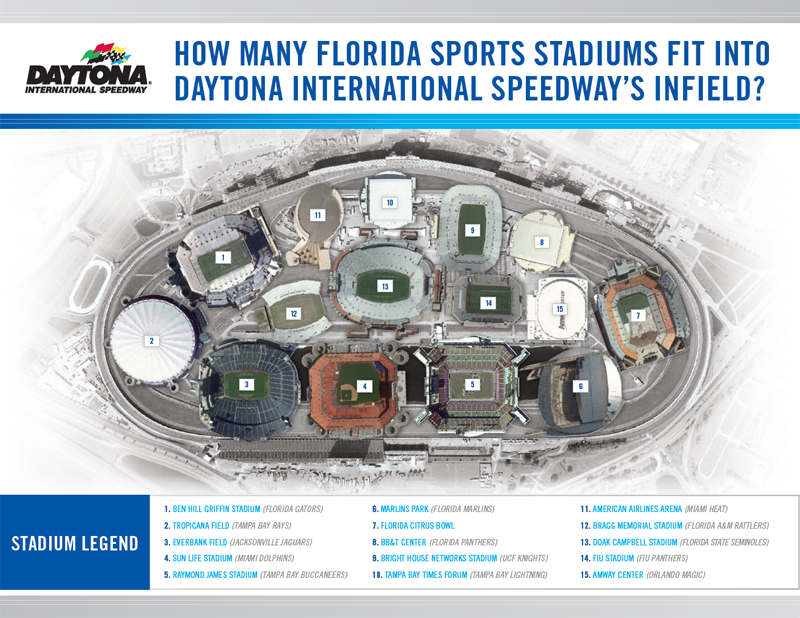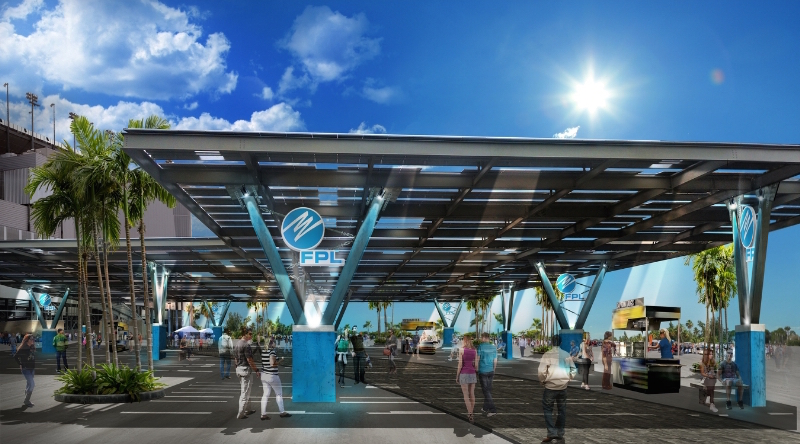Daytona Rising: Reinventing A NASCAR Icon
NASCAR. That's just over-powered cars going in a circle for hours, right? As the Daytona 500 reaches its horsepower-heavy crescendo today, it's the iconic racetrack, the Daytona International Speedway, which is sharing a little more of the spotlight than usual. Coaxing fans out from their living rooms and the surfeit of entertainment options there isn't a unique problem in sports, but it's one that sponsor-dependent NASCAR faces more than most. The answer is Daytona Rising, an ambitious program designed not only to renovate the grandstand but to turn the historic track into what Joie Chitwood, President of the Speedway, describes as "the first and only motorsports stadium." I headed out to Florida to find out how new tech is bringing the race experience up to speed.
Daytona may be the gem in the NASCAR crown, but it's always been more bleachers and burger stands than NFL-style polish. Built in 1958 by NASCAR founder William France Sr., it's a huge facility – there's space for fifteen stadiums within the Daytona infield alone – but traditionally a basic one. That all started to change when renovations got the go-ahead in 2013.
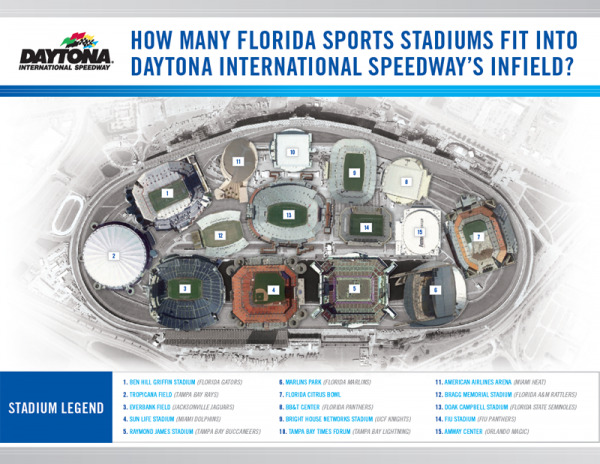
$400m will see three new concourse levels spanning the whole of the front stretch, a brand new hospitality level for sponsor suites, and 101,500 new grandstand seats. It's also seen engineers tackle the unique challenges of a nearly one mile long stadium, not least having to compensate for the curvature of the Earth underneath it: that alone is enough to add 7-inches to one end compared to the other.
While $400m might sound like a lot, it's not really when you're talking about 1-percent of the annual steel output of the United States in raw materials alone. So, International Speedway Corporation (ISC), the company which owns Daytona along with twelve other tracks across the country, turned to the NASCAR fans to see what they themselves wanted from the new facility.
Some of the answers perhaps said more about the low-key conditions of the original stadium than anything else. Likely to make the biggest everyday difference is the inclusion of "powered vertical transportation" – that's 40 escalators and 17 elevators to you and I – split among what Chitwood calls "injectors", the five towers that link the entrances to each of the four floors.
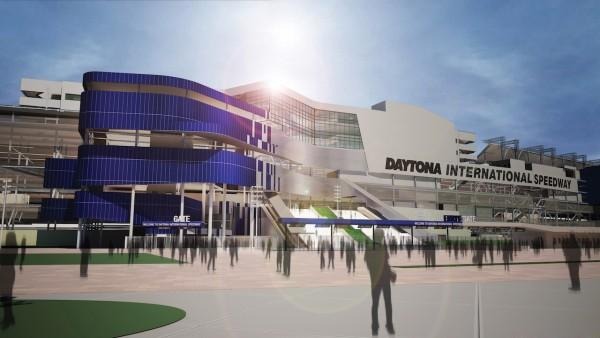
That's important, because contrary to just about every other stadium out there, in NASCAR the heavy hitters in the crowd are sitting in the highest seats. The best view – and thus the most expensive – is at the very top, since that's where you get the finest sight-lines around the entirety of the track. They've also, traditionally, been the most exhausting places to get to.
Escalators change all that, and they're kind of a big deal in NASCAR terms. Local news crews paid the Speedway a visit the first day they were turned on, in fact.
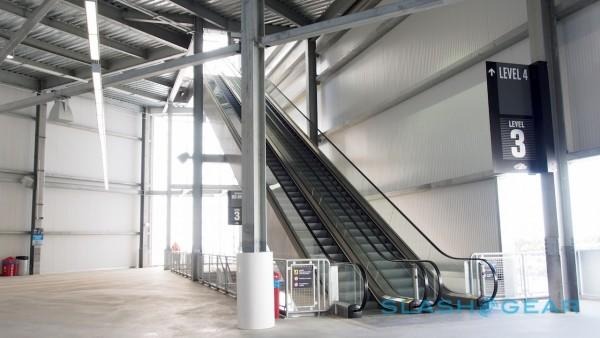
The other change is a little harder to measure than how quickly you can get someone from the parking lot to the top level, but according to Chitwood it's no less important if Daytona is going to be an experience rather than just a venue. Ironically, it's also about giving people a place away from the racing itself.
Each of the new floors has a broad concourse for socializing, with bars, concession stands, and seating areas that, while not exactly quiet – hard to achieve when you've got two dozen screaming race cars on the other side of the stadium seating – are certainly more conducive to catching up with friends than anything the Speedway had before. What was the main, ground-level concourse – and a "hot mess" of fans and employees, Chitwood admits candidly – is now a 35-foot high service level in which the rear-of-house magic can be completed away from public view.
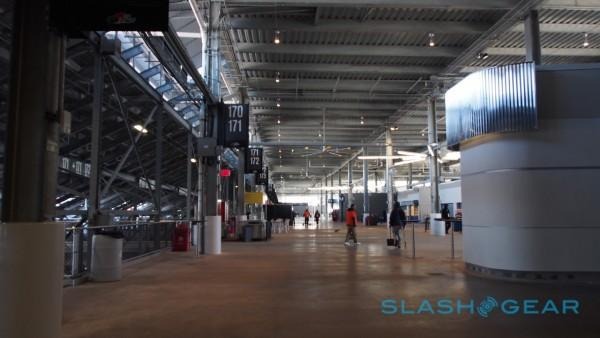
Even the top concourse, the narrowest of the new spaces, is a capacious 35 feet wide. By the time you get to level one, the sheer amount of room is hilariously vast; things will undoubtedly look a little different when enough fans to fill all hundred-thousand seats are present, rather than the few slightly lost-looking visitors wandering through while I toured the new space during the Friday practice sessions.
The whole area is flooded with free WiFi coverage – Daytona wants your tweets, and your Instagram snaps, and your Facebook status messages to tell everybody just how much you're enjoying yourself – though that's just the beginning of the tech upgrade the stadium is undergoing.
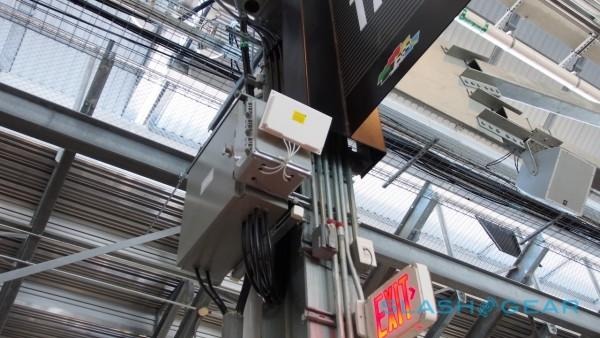
In fact, from a geek's perspective the fun part is really only just starting now. The fundamentals are there: enough fiber optic cabling to reach from Daytona to the North Pole, snaking alongside the new electricity and water lines, for instance, and dedicated cellular infrastructure that effectively studs the whole venue with mini LTE base-stations linked directly in to AT&T and Verizon's backbone, to make sure the networks don't get overloaded. In fact, the Speedway has around ten times the wireless network density you'd expect to find.
Leading the gadget charge is Brandon McNulty, CTO of International Speedway Corporation, and a former US Navy nuclear submarine engineer. The path from plutonium to petroleum may not seem a typical one, but McNulty tells me that there's actually a surprising degree of overlap in the skill set required for both.
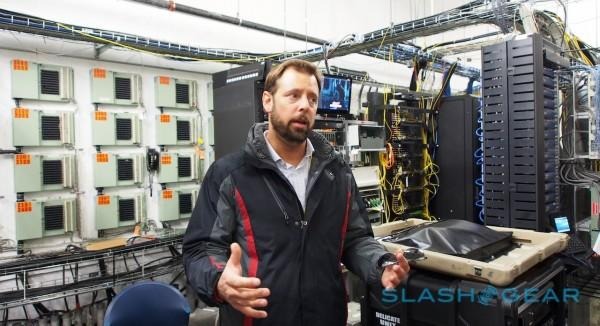
For Daytona Rising, most pressing is the combination of tight budget, predicted return, and making smart decisions that won't come back to bite ISC in future. "We ask ourselves, what's the fan going to need in 2016?" McNulty explained to me, "what's going to be the must-have in 2018 to 2020?"
As McNulty sees it, there are really two types of issue at hand. First, is the practical: how he and his sixty person team can streamline a fan's journey from home, to parking lot, to stadium and then seat, before doing the reverse at the end of the day. That can be as straightforward as using existing road matrix signs to not only point out the nearest lot but point visitors to the free Speedway app, or put a display with live service timetables at bus stops.
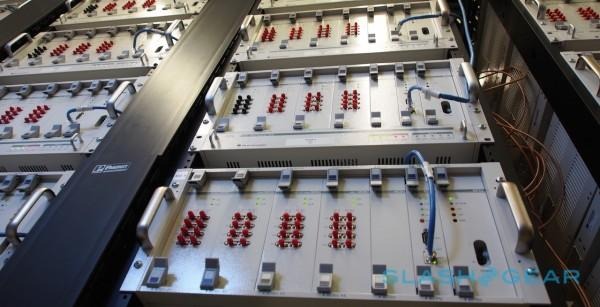
However, some of the tech goes far beyond that, or at least it will once McNulty and supporting agency CDW make the final shopping decisions. Some of the more interesting applications will repurpose infrastructure already required: using the digital security cameras to also perform head-counts in real time around restrooms, concession stands, and escalators, for instance, so that the Speedway app can tell visitors where's best to go for the shortest wait.
Daytona already has the cameras hooked up to a facial recognition system, that picks out basic metrics like age, gender, and ethnicity. That helps in figuring out just who is actually buying and using the tickets, and where the two differ: the ISC call center, roughly a half mile away, deals with a couple of thousand calls every day, with an average age of those booking tickets being 55, but the cameras show that there are plenty of younger people – children and grandchildren – coming along with them.
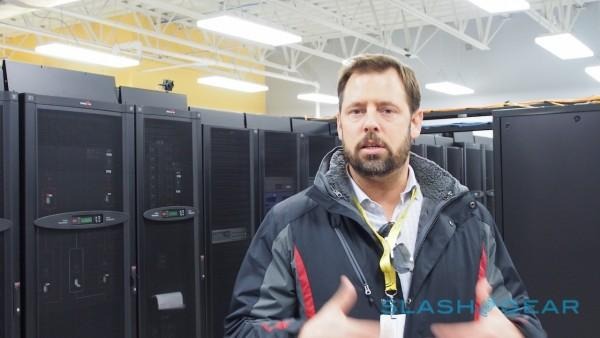
McNulty is already looking at expanding the camera system to include mood detection, too. That way, frustration at a slow-moving entrance gate could be picked up on long before the complaints start rolling in, for instance. Everything runs from a DIY data center in a hurricane-proof concrete bunker that's also responsible for delivering the Speedway's television feed.
The important thing, the CTO told me, is giving guests something at the race that they can't get at home. The latest version of FanVision builds on the system we played with a few years back, now plugging into an existing smartphone and offering up to ten different video feeds from around the track that the user can pick between. McNulty says LTE Broadcast is something else Daytona is considering, but the whole site would need sufficient LTE bandwidth for that first.
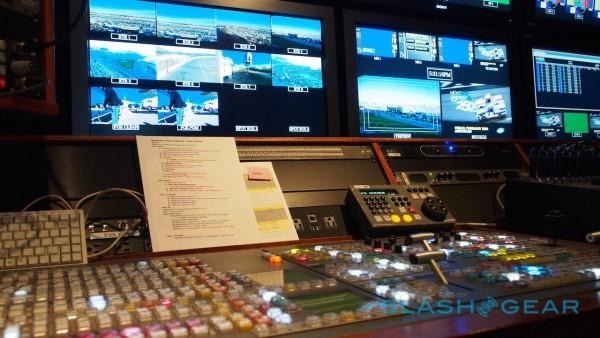
Technology has been inextricably interwoven into the design and build process, too; Daytona Rising couldn't have been done without it, in fact. Architects ROSSETTI and construction partner Barton Malow set out the bar for tech high from the outset, and everyone from superintendents on-site through to sub-contractors have been expected to fall in line.
So, at the surprisingly spacious site office – known colloquially as the "Command Center" – the two firms and their subcontractors work from, roughly a half-mile from the track, gadgets have replaced the building industry's more typical tools. 60-inch LCDs dot the walls, each hooked up to an Apple TV for easy sharing of plans and more (PC users rely on AirParrot to link into AirPlay too), while there are more than 100 iPads on site giving access to all of the documentation along with real-time commenting. Superintendents create daily site reports by dictating with Siri and recording video, rather than more time-consuming text.
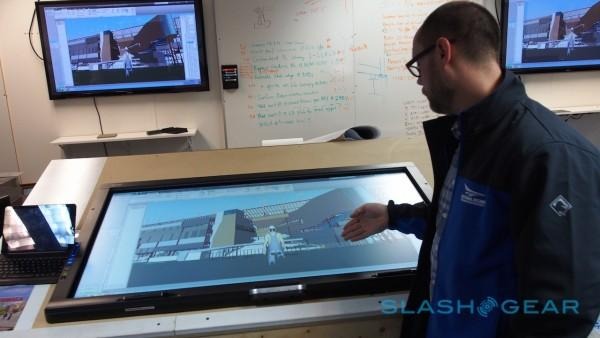
The office was outfitted with wooden plan tables before the tech arrived, and so two have been modified to hold sizable smart displays instead. It's all required a fair amount of investment, but when you consider it usually costs around $3,000 to print off a single set of plans (not to mention that a print-out of the whole facility at typical scale is more than seven and a half feet long) the convenience of going digital, not to mention the greater environmental-friendliness, seem a lot clearer.
That sustainability will continue after Barton Malow and ROSSETTI have finished. Florida Power & Light Company (FPL) has announced a 5,000+ solar panel array for Daytona, which when installed will be among the five largest solar installations at a US pro-sports venue.
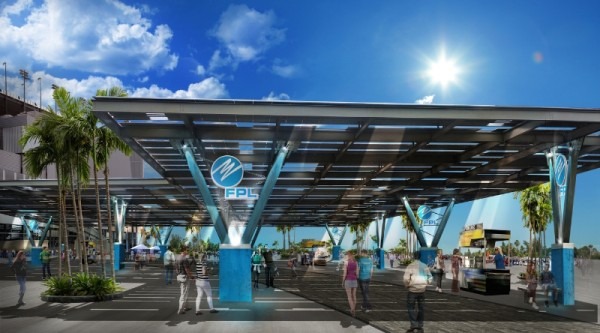
The panels – installed on canopies outside the front stretch, in the FANZONE area where premium ticket holders get to look in on the team garages, and in one of the parking lots – will not only offset the traditional energy the Speedway uses, but feed the excess back into the grid. Initially, Eric Silagy, president and CEO of FPL told me, the limits of daylight will mean around 10- to 15-percent of the tracks needs will be covered by the sun; the rest of the 1.7 megawatts the array puts out will go to other users in the area.
However, that could change if FPL's ongoing R&D into power banks spreads to the race track. "Battery storage is something that's developing rapidly from the standpoint of prices coming down, the technology becoming more robust. Right now, it's also quite expensive," Silagy explained to me, but confirmed that the company is already looking at a project in Florida, and suggested that Daytona might be a sensible place to trial such a system.
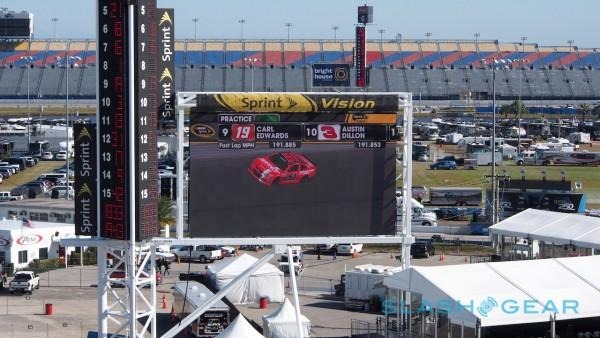
I also asked him whether he'd be pushing for an electric NASCAR race, the equivalent perhaps of Formula E. An electric car fan already, Silagy wasn't short on enthusiasm for the idea. "We would welcome it if they want to look at that!" he laughed. "I'm a race car fan myself, a gear-head if you will. I drive [a Tesla], and I'll tell you it's very fast. So they're a lot of fun. I still like also getting out here, on the track, with the other vehicles. I think there's room for all of them."
There's no doubting that NASCAR – and a track such as Daytona – faces a tipping point. Single-use venues are struggling compared to their more flexible brethren: when complete, Daytona Rising will open the door to concerts, football, and more, rather than just racing. Meanwhile, of all the sports, NASCAR is probably the most upfront about its relationship with sponsors. The new venue will not only give those companies more a structured space to advertise in, like the "injectors" or the eleven "neighborhoods" of concession and social areas, but proper on-site facilities to wine & dine the sort of high-level execs who sign off on sponsorship in the first place.
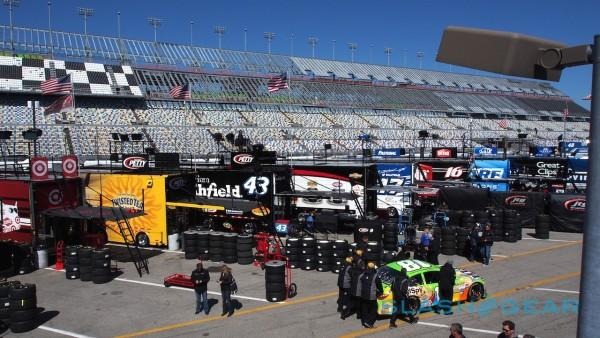
It's also about keeping the fans happy, of course. The principle of NASCAR might be simple – keep driving, don't crash, and finish first – but the investments in time and cash are vast. Walking around the Speedway, among the hundreds of six-figure RVs (with thousands more parked in lots outside the track), you get a sense of the scale of money involved.
A single seat in one of the better grandstand spots for the four day Daytona 500, for instance, could set you back $680, and that's before you've staked out your camping spot or even considered raiding the shelves of the nearest official merchandise stall.
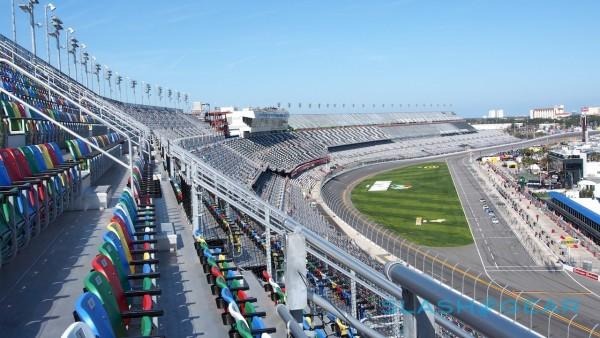
The stakes for Daytona Rising are significant, then. Chitwood's goal, if he's to keep the board happy, is a $15m lift in pre-tax earnings in 2016. With the project only set to finish by January 2016, that doesn't leave much wiggle-room should delays occur.

Both he and McNulty are confident the new Speedway will hit the spot, however. The combination of making it a more social space, and then injecting technologies of a sort never before seen in NASCAR – Daytona is even looking at the potential for wearables, though the CTO wouldn't be drawn on exactly what sort, only telling me that "we're not at patent-level just yet" – will, if all goes to plan, not only keep people coming out from in front of their big-screen TVs at home, but get them spending more while they're on-site, and on a broader range of entertainment.
"I think that's the goal we have to set for ourselves," Chitwood concludes. "We're going to do great racing, racing will always be in our DNA. But what's the next thing?"

